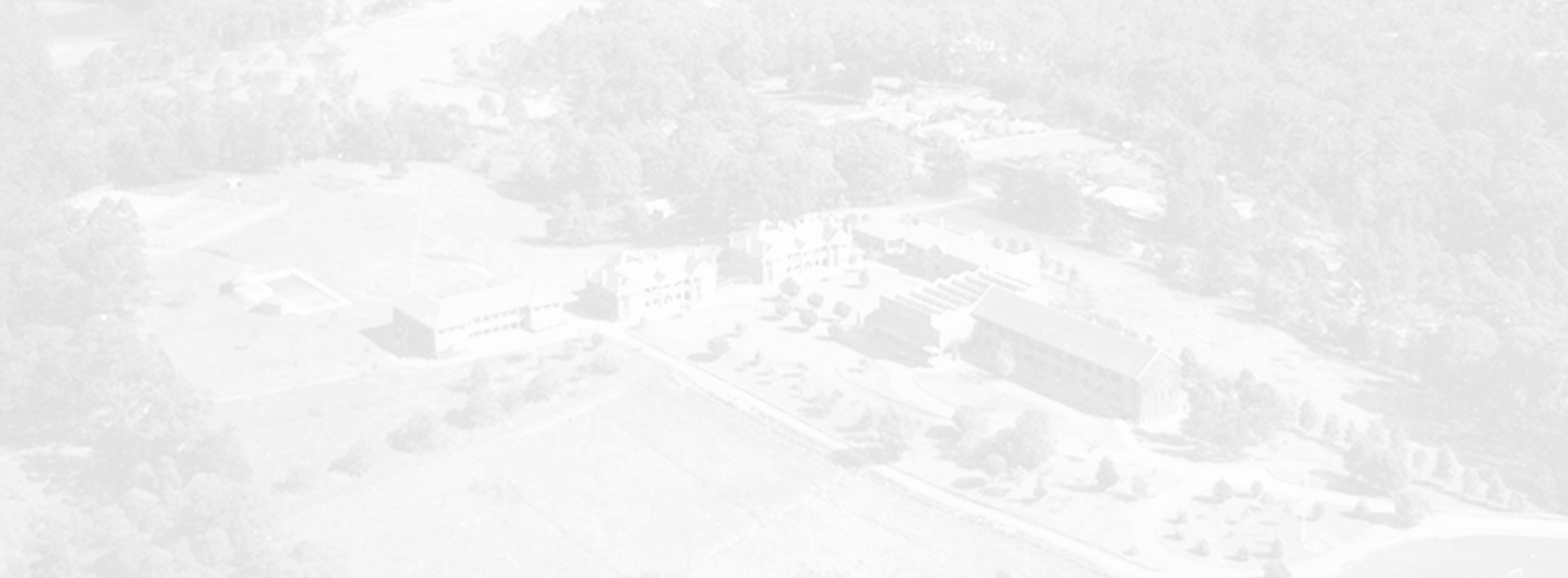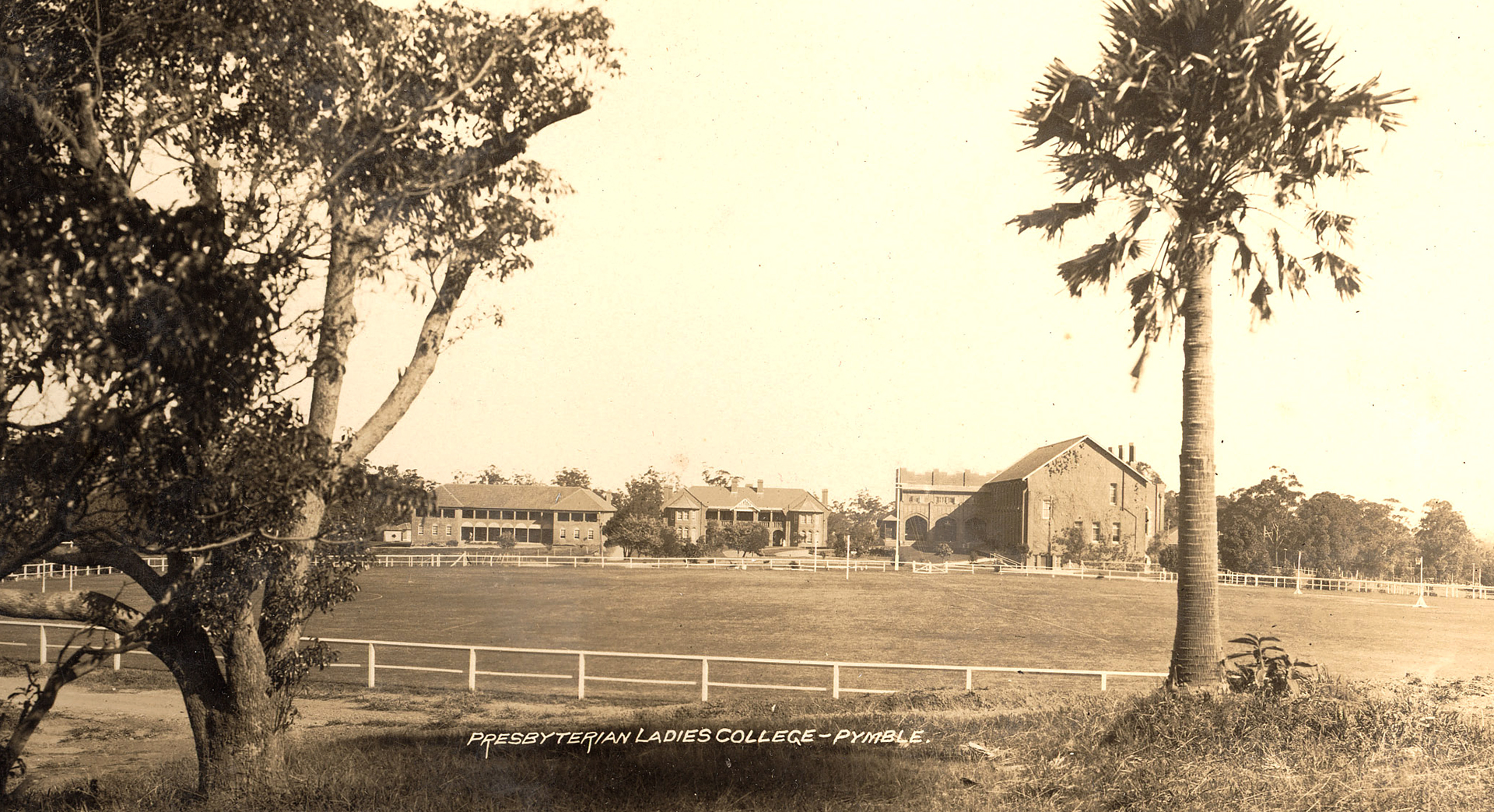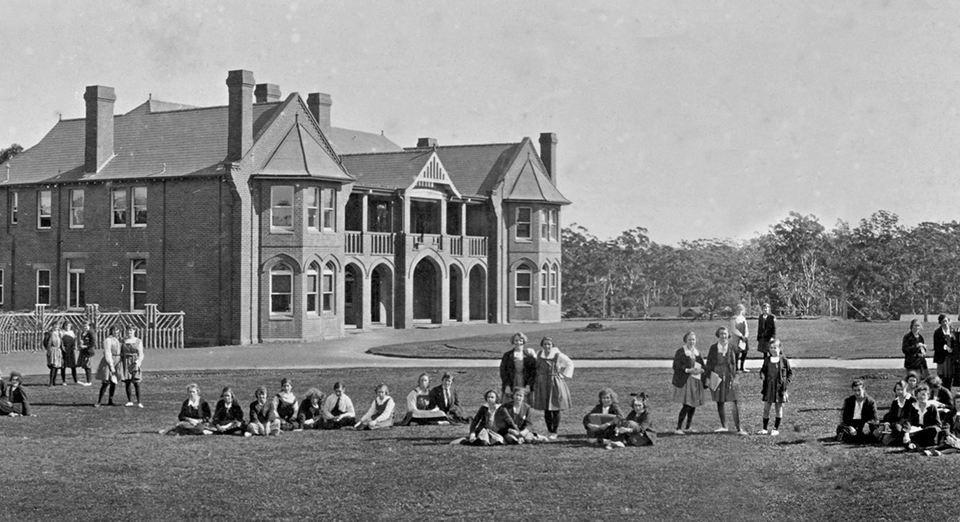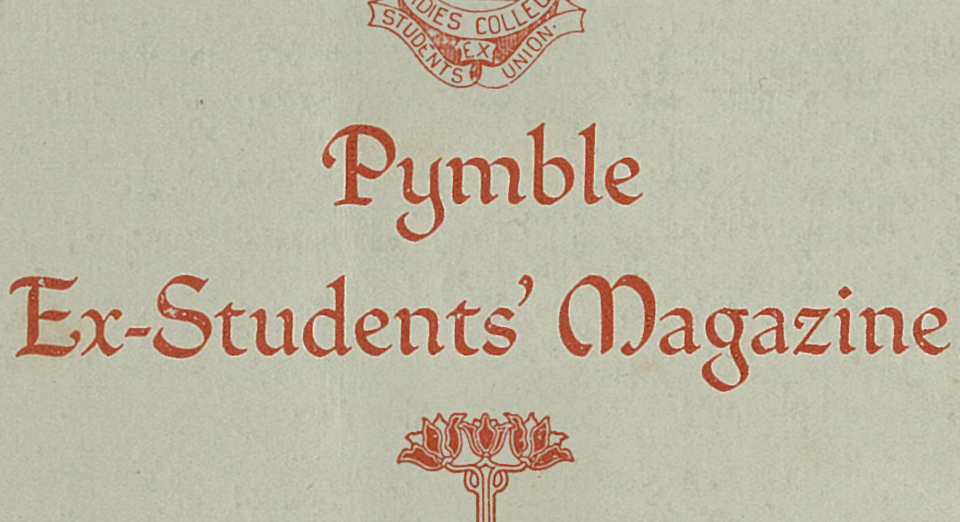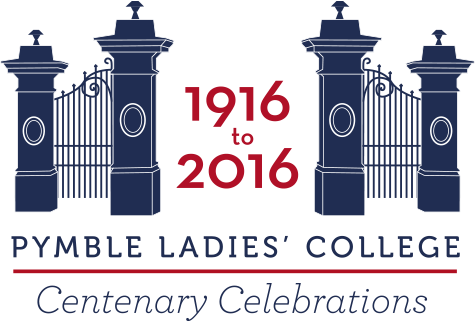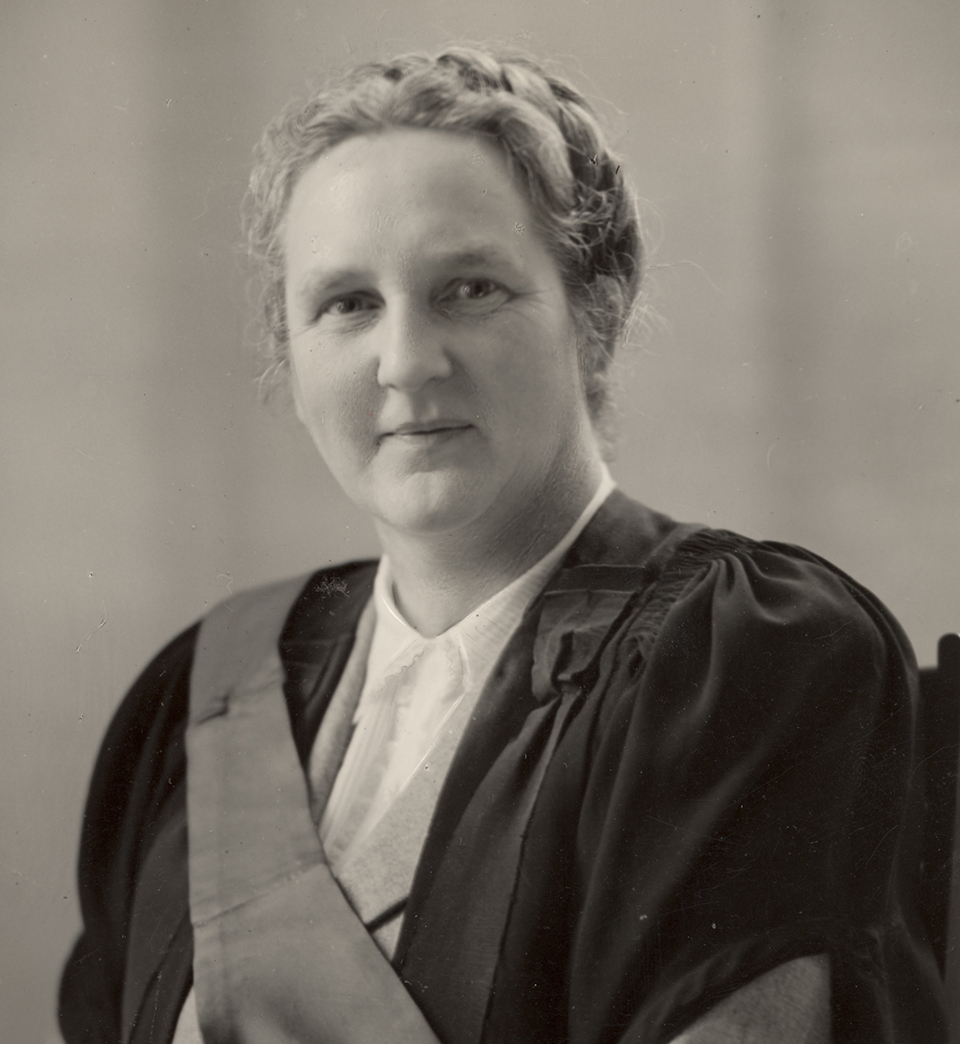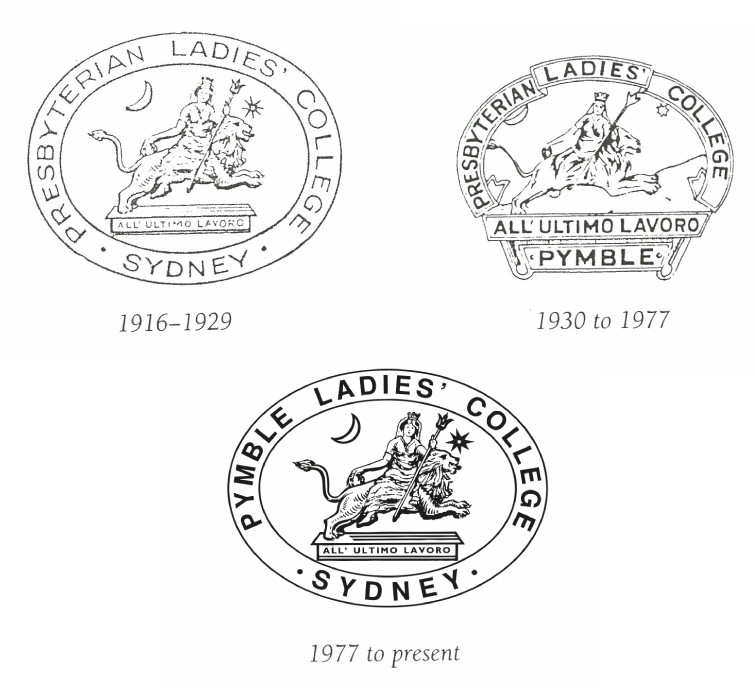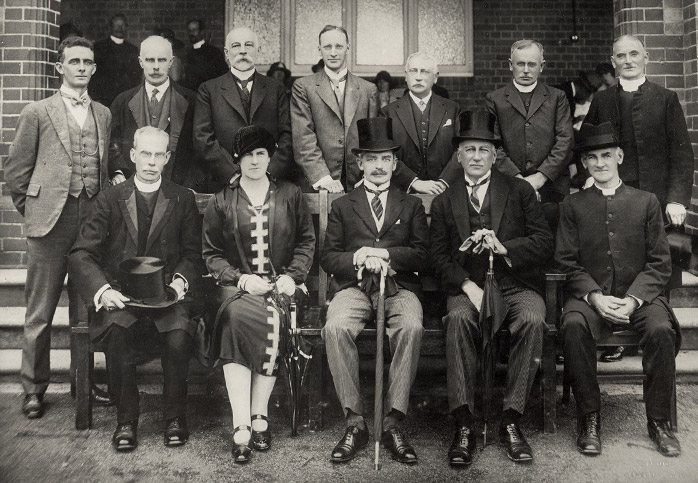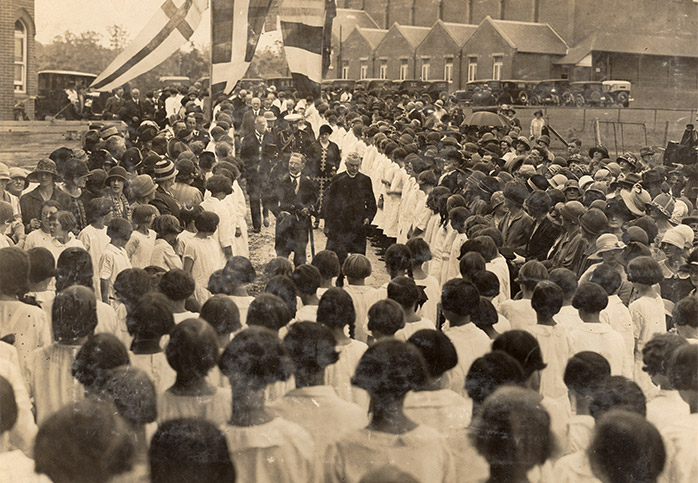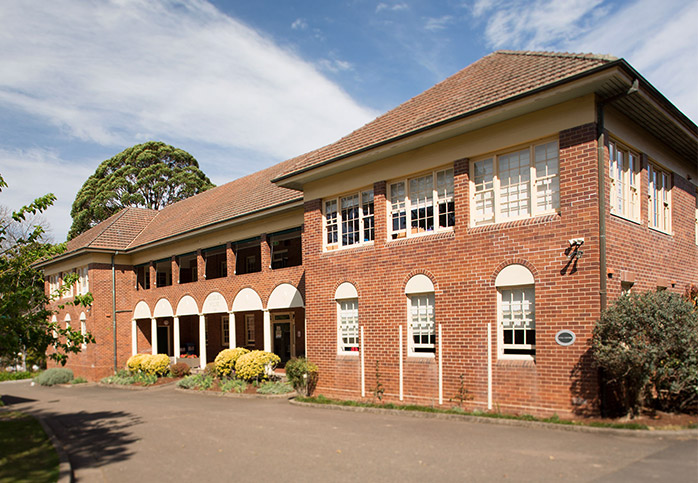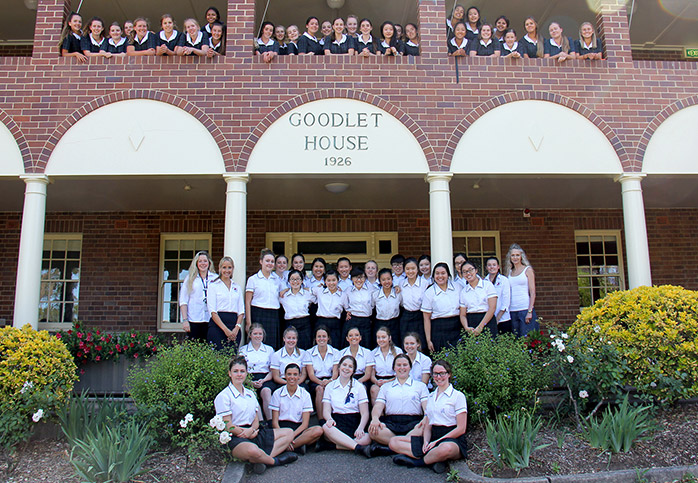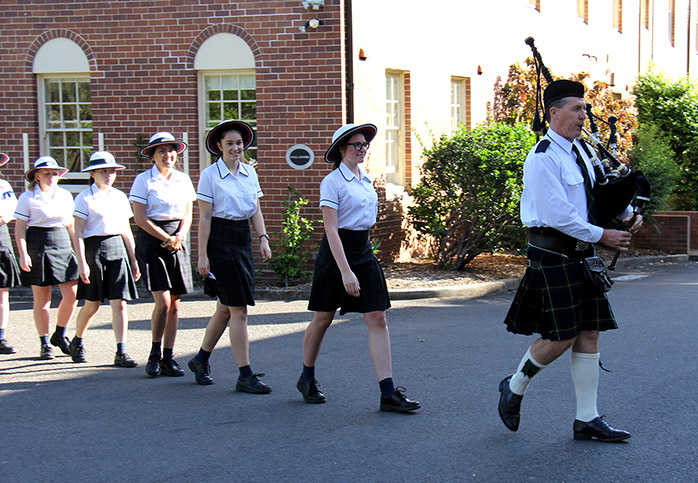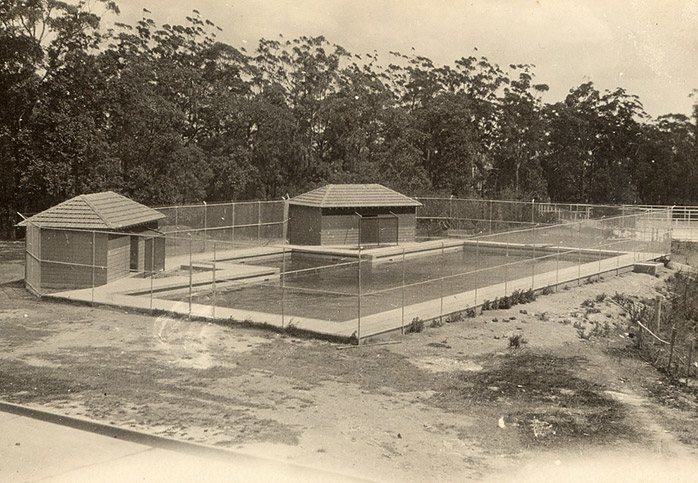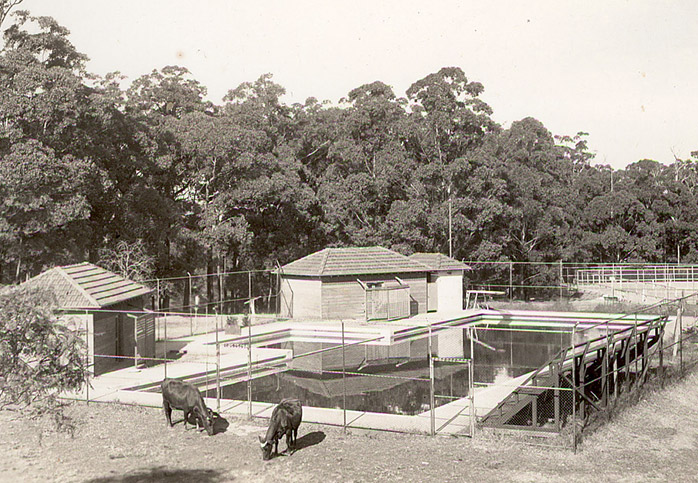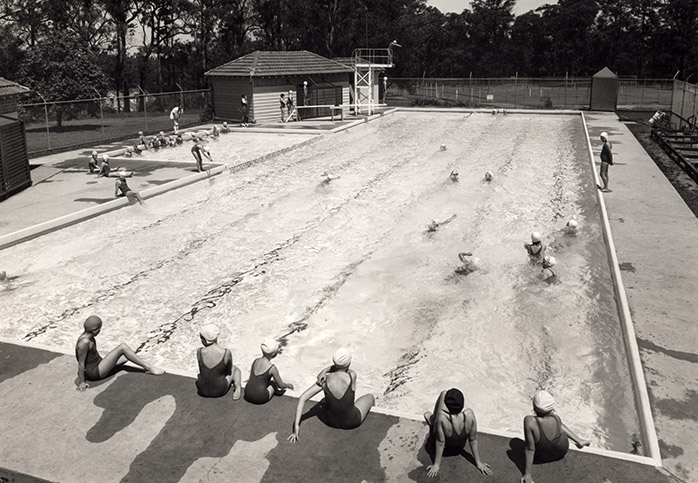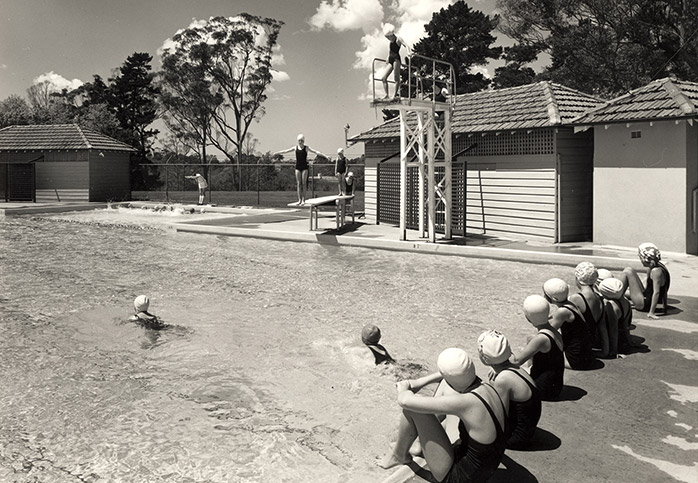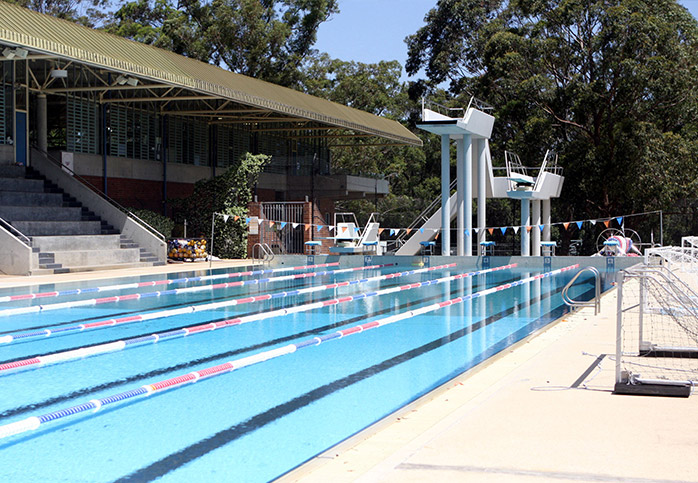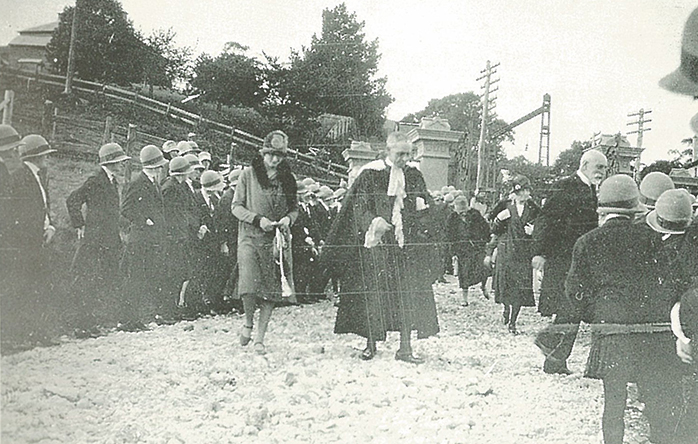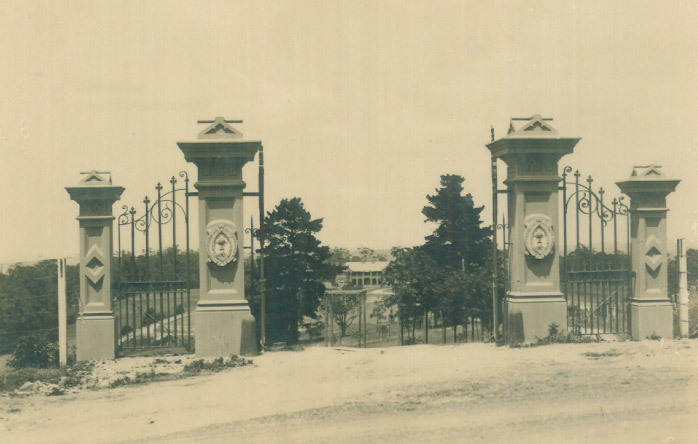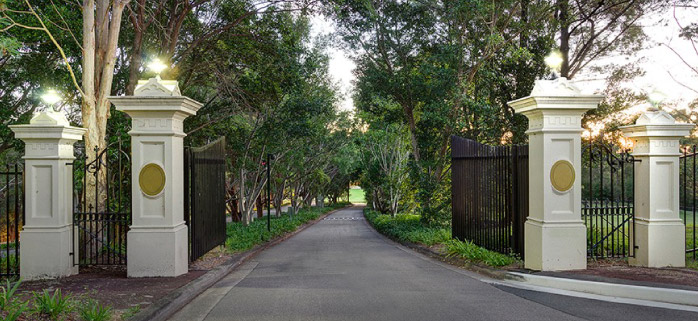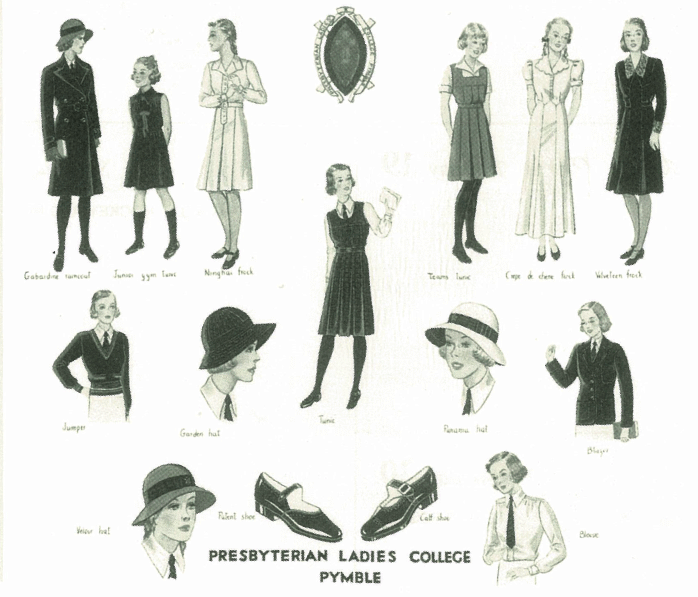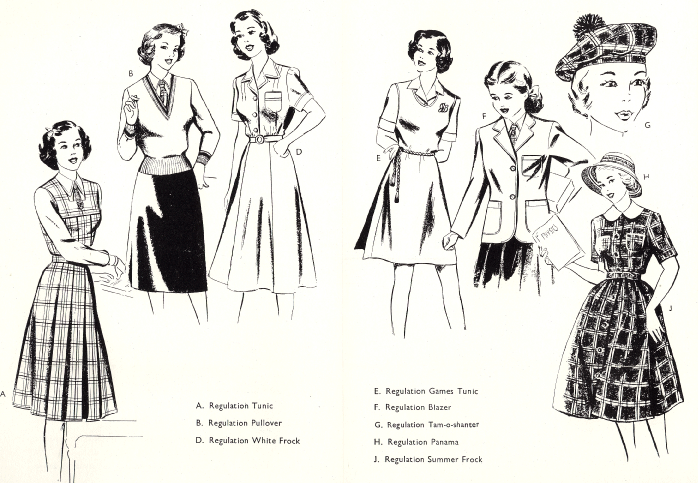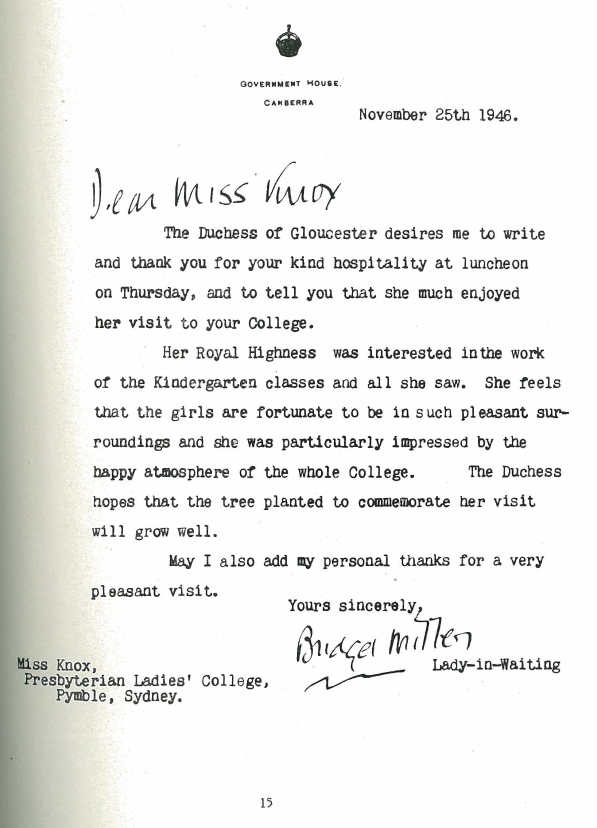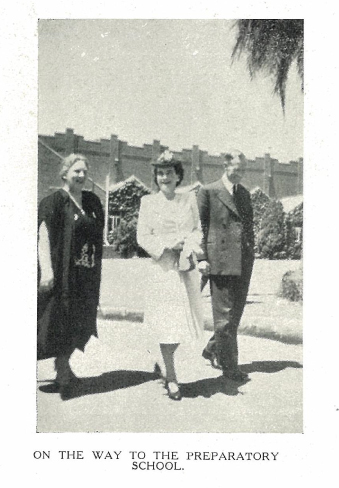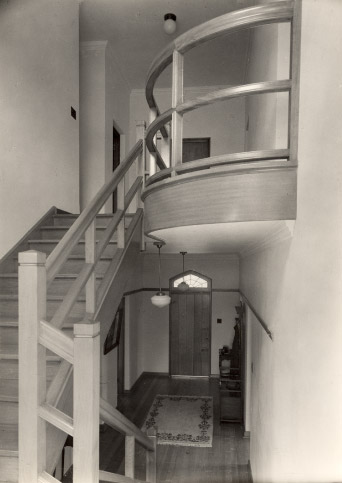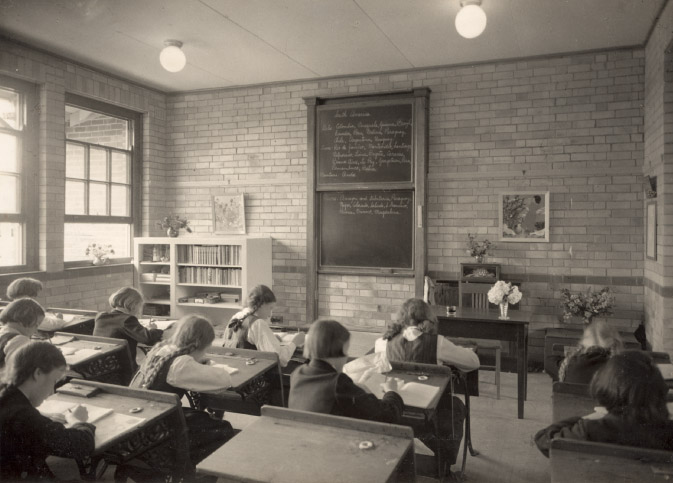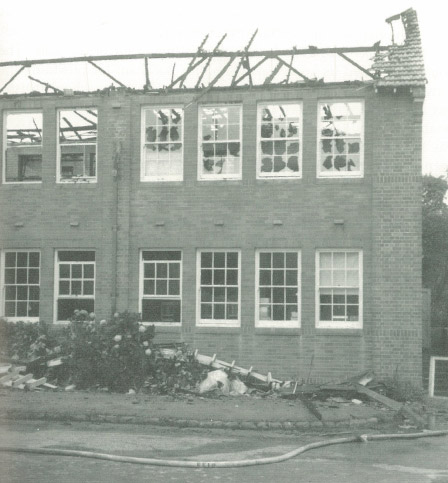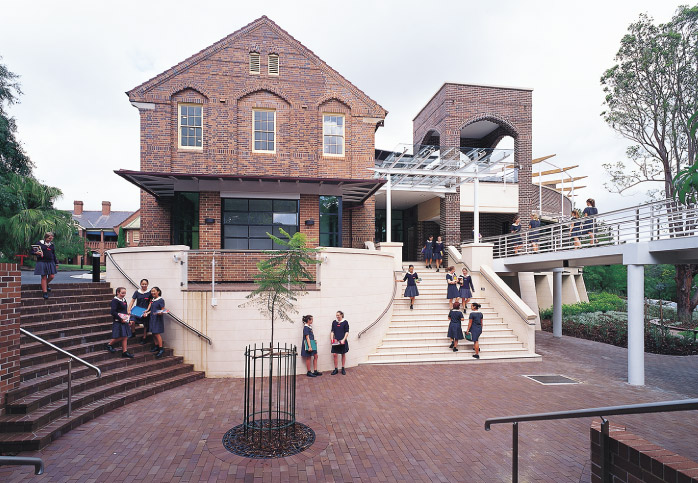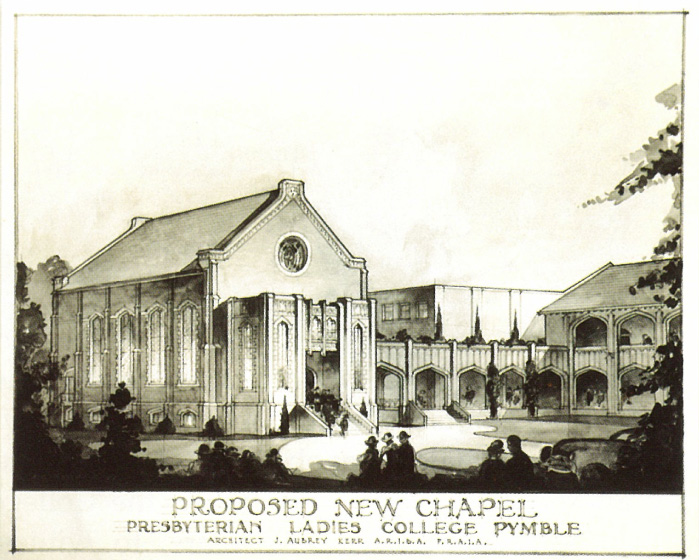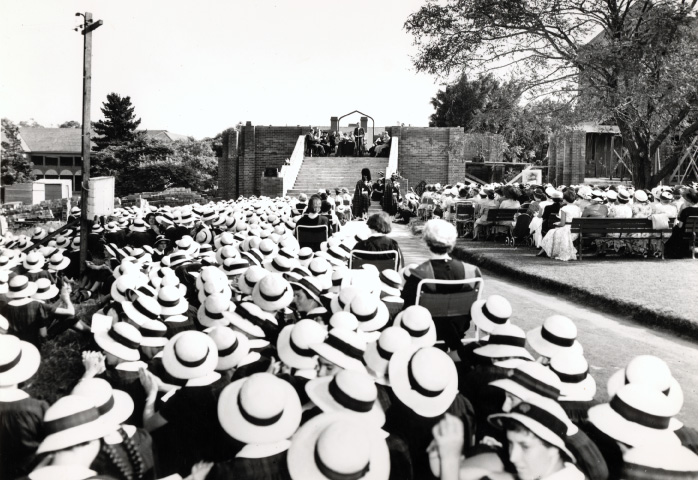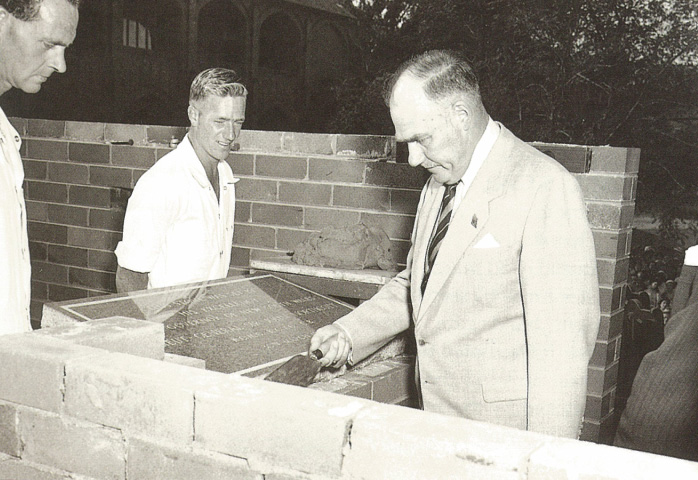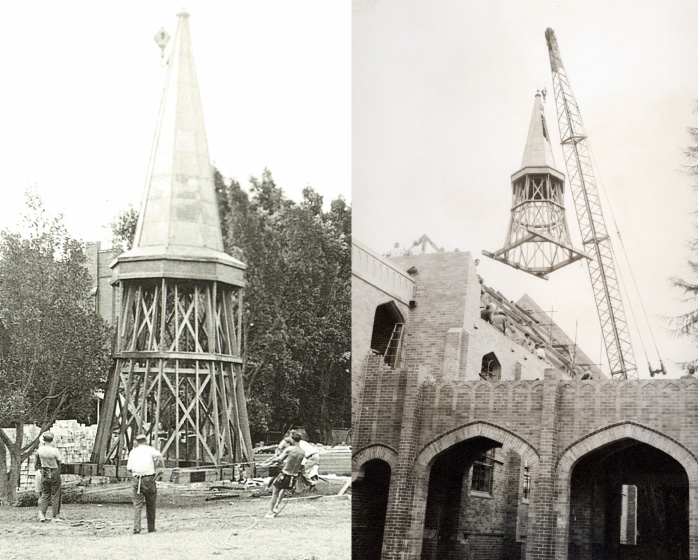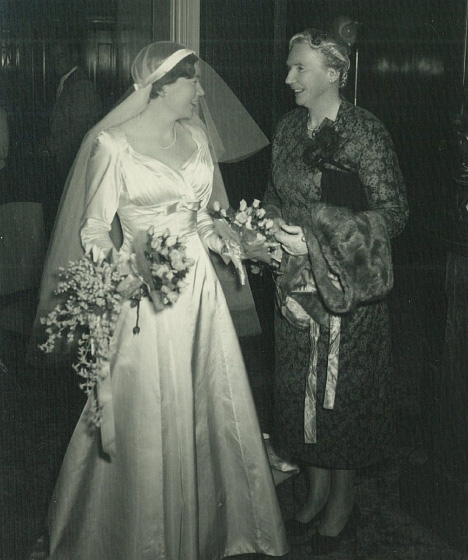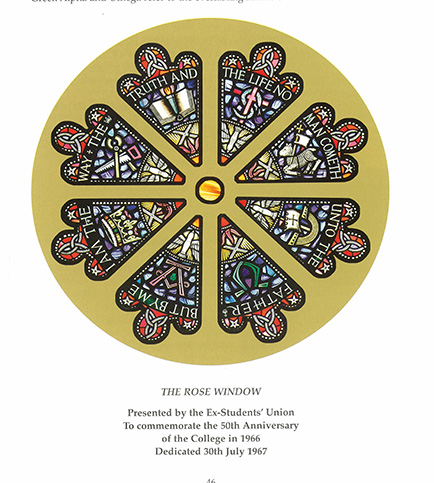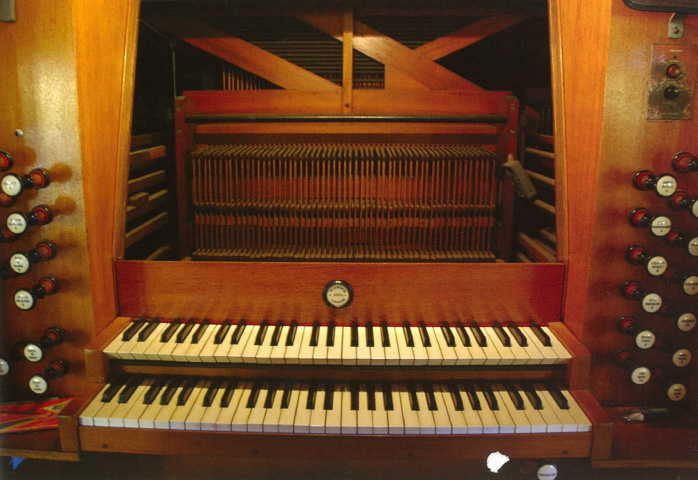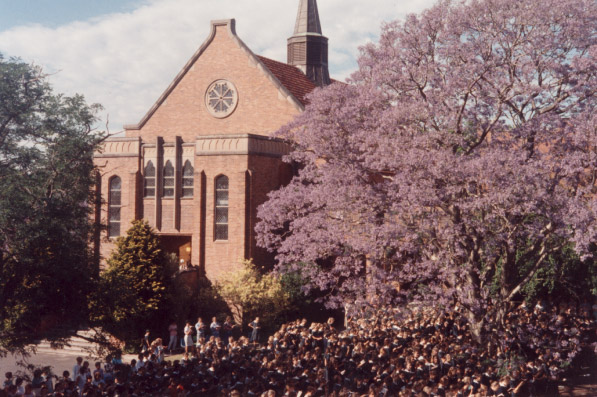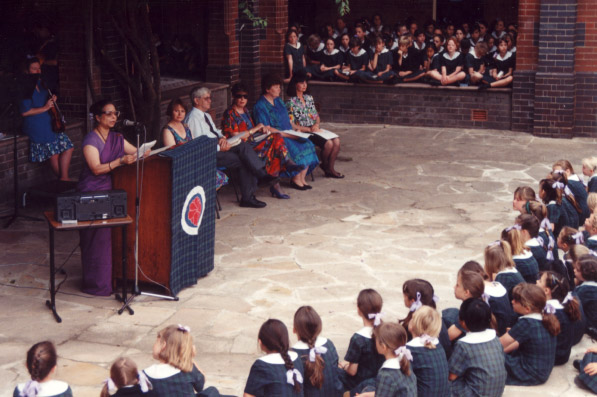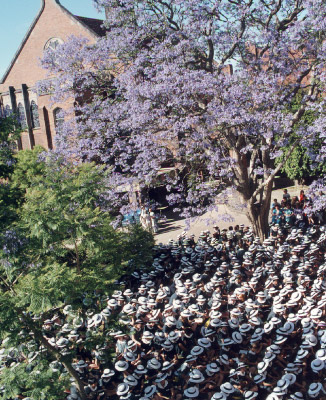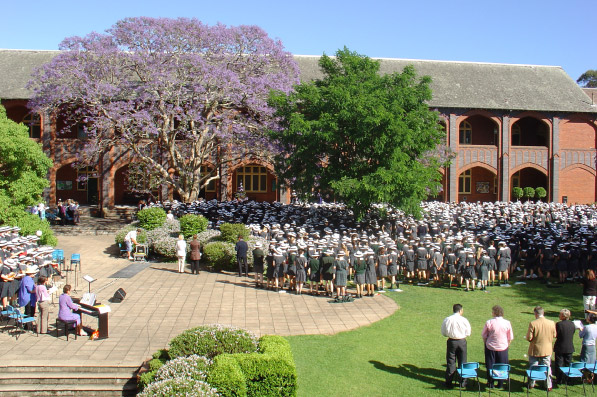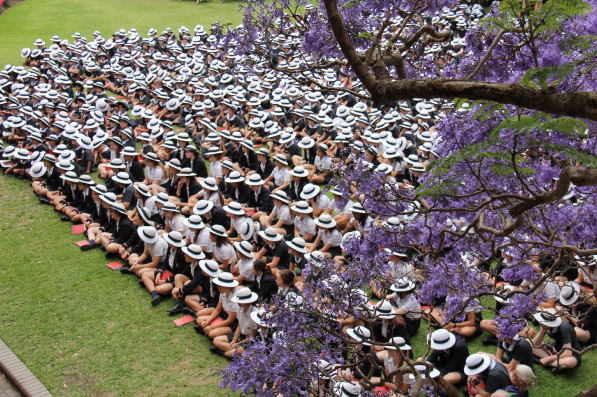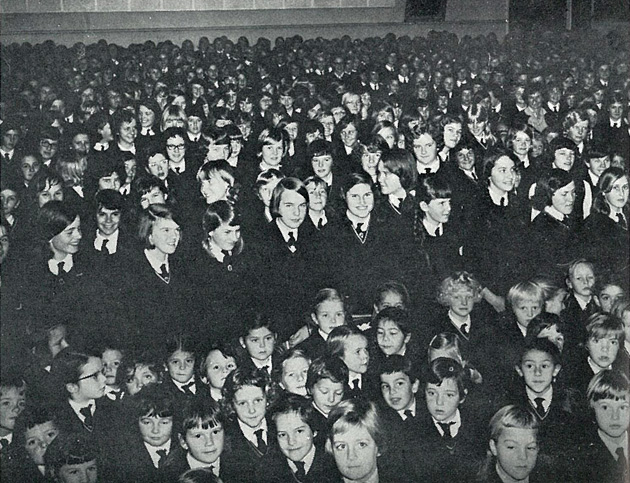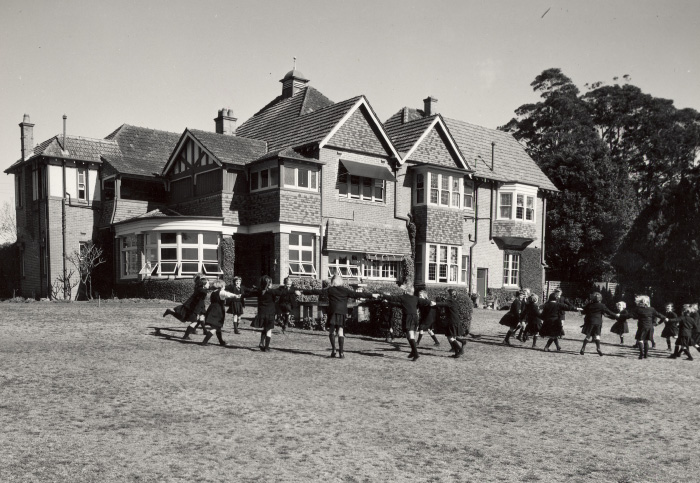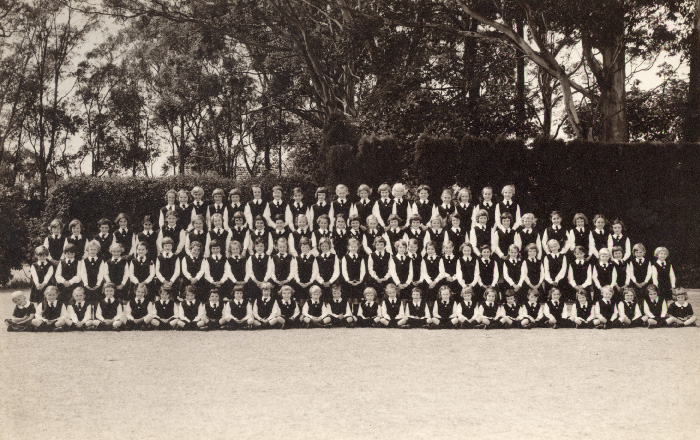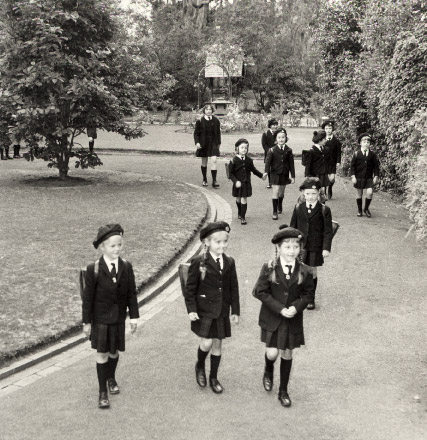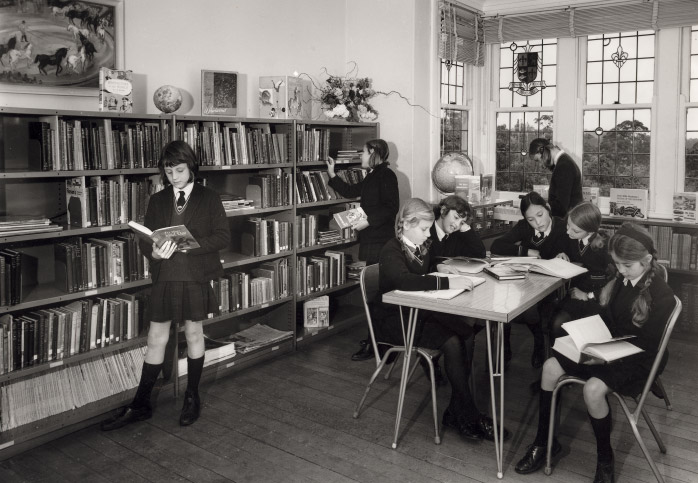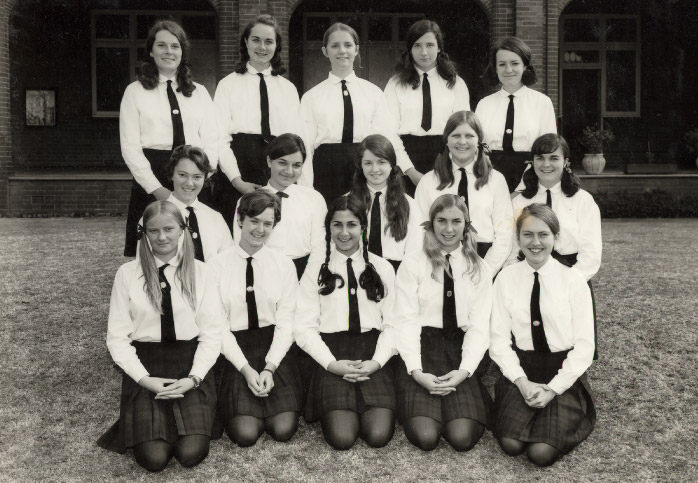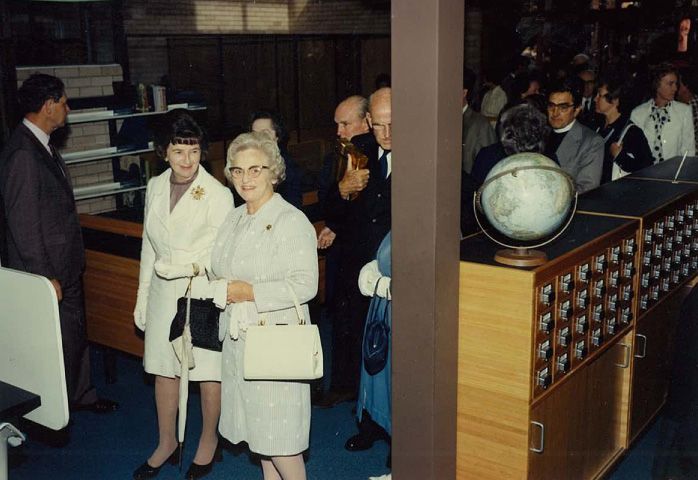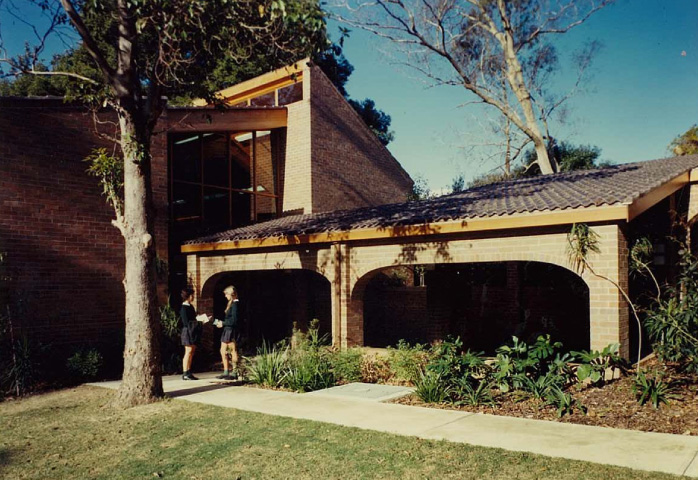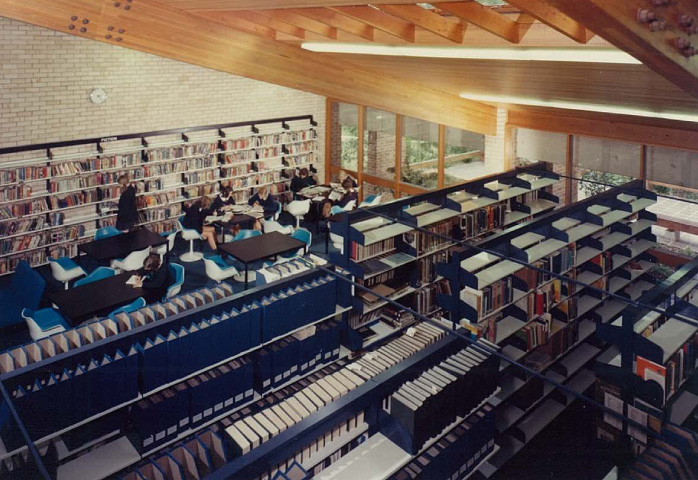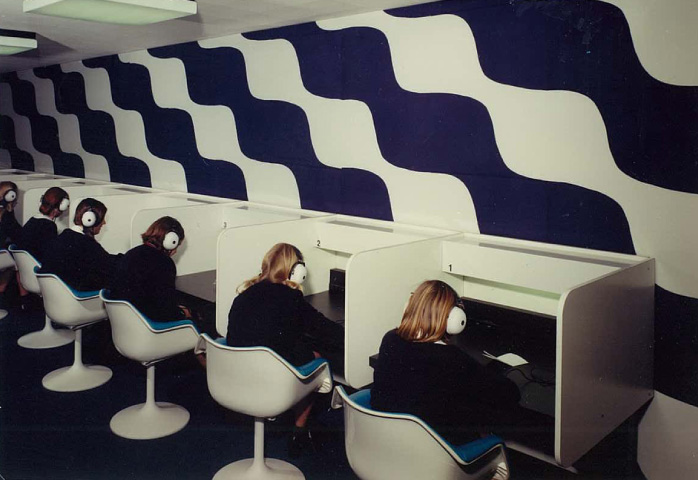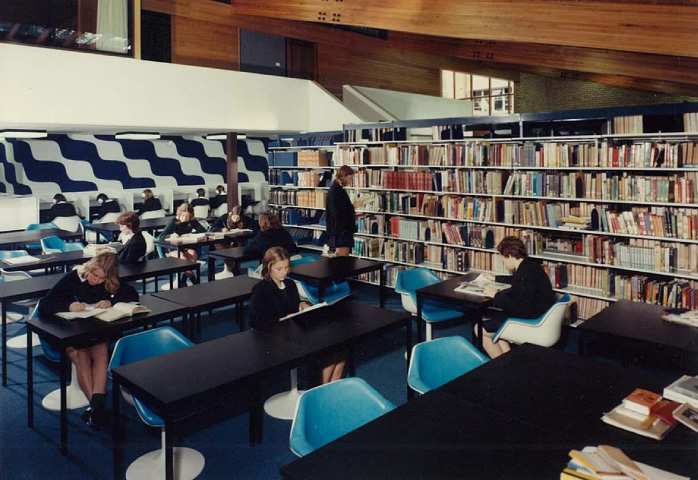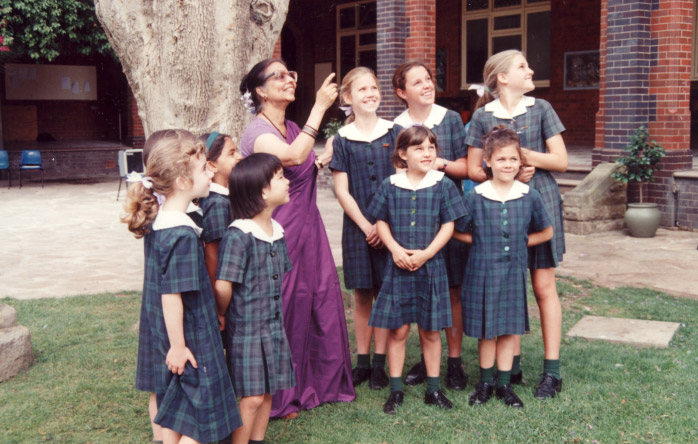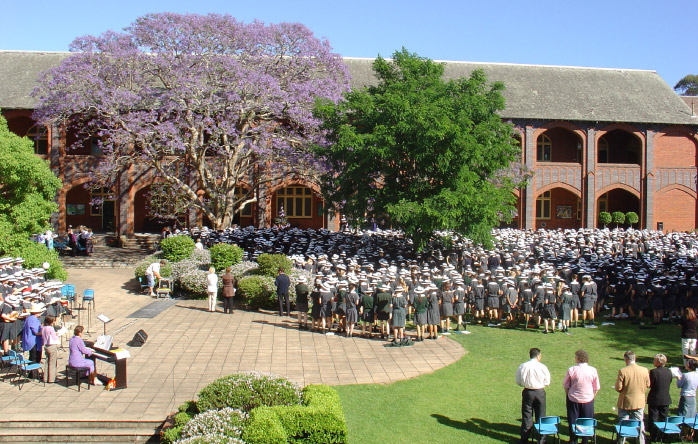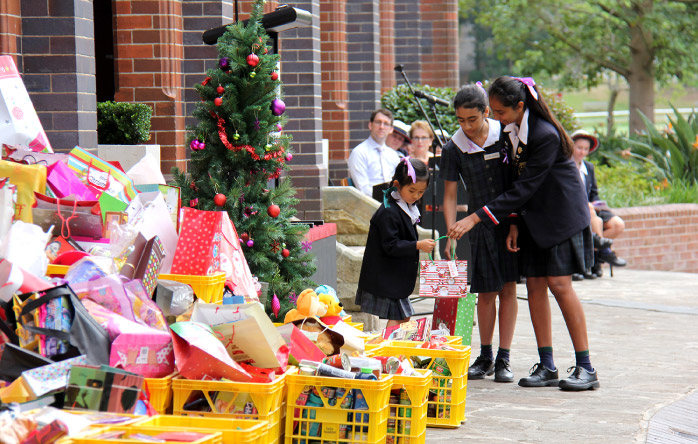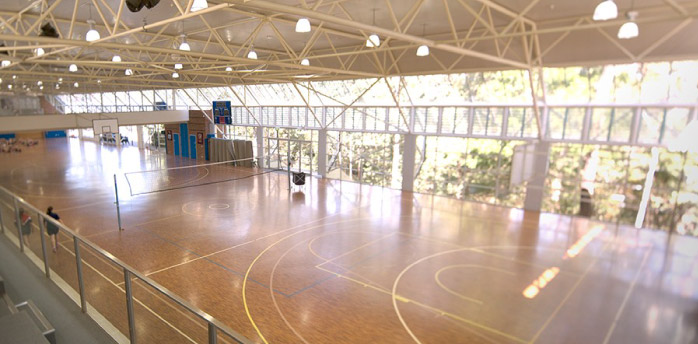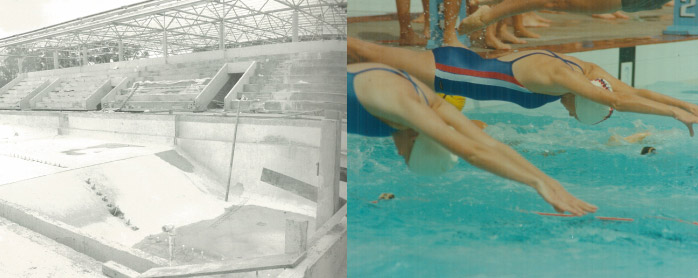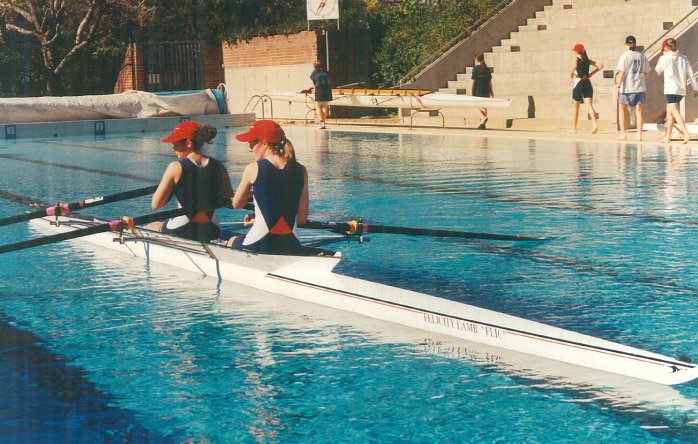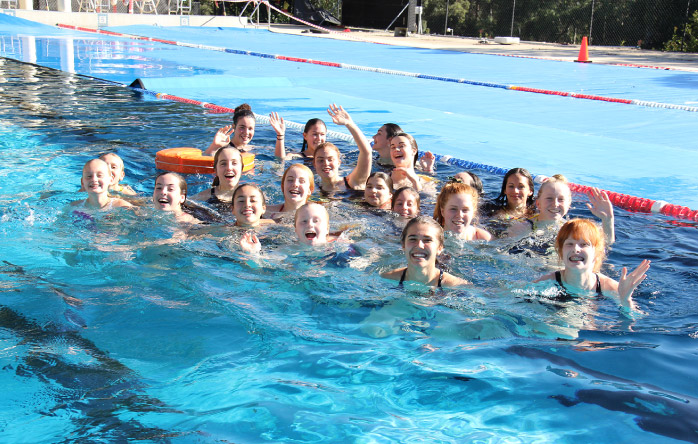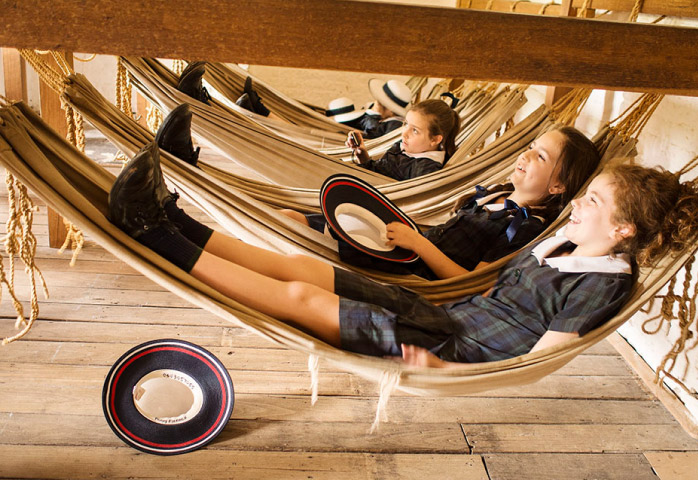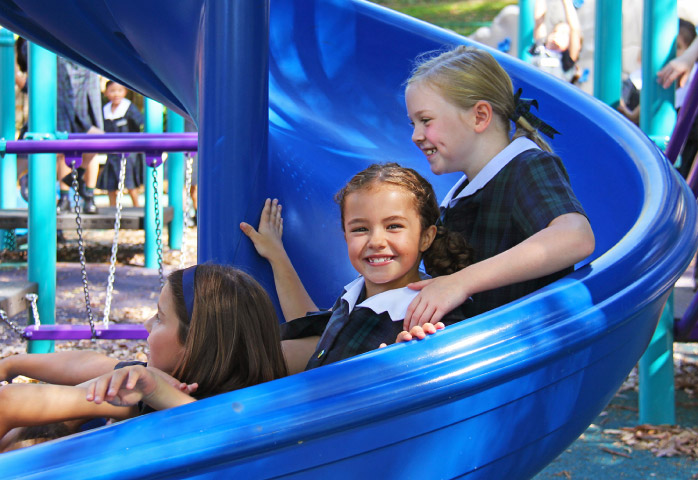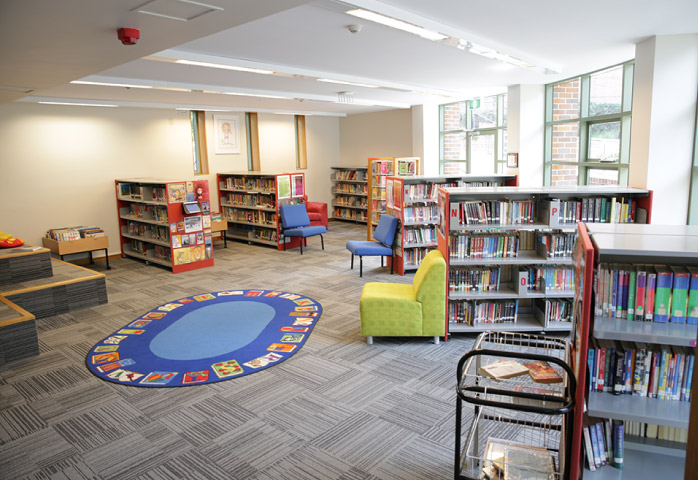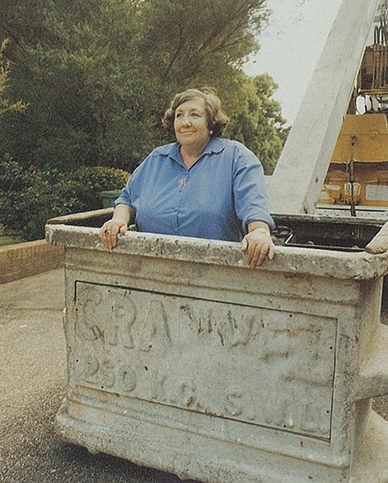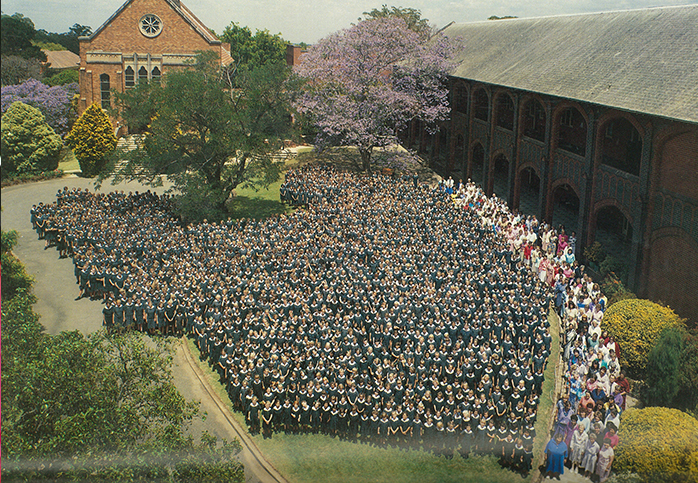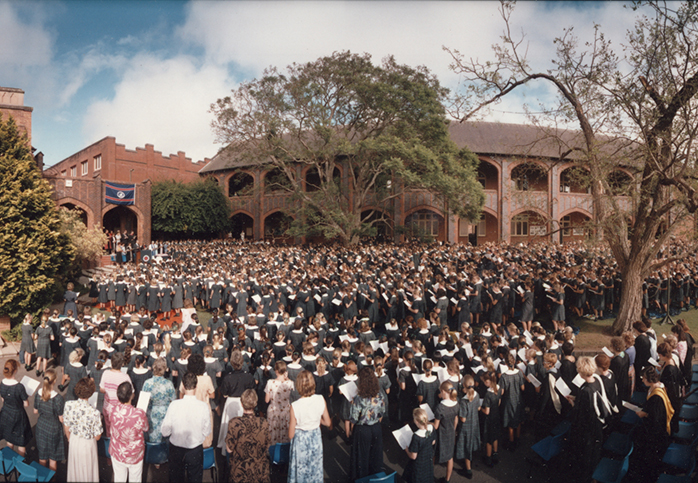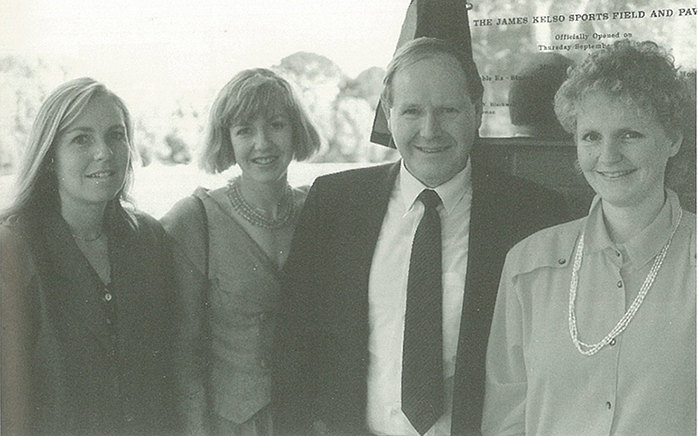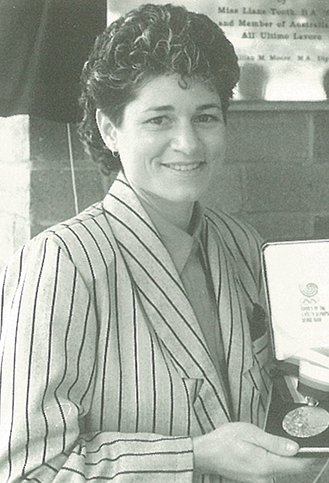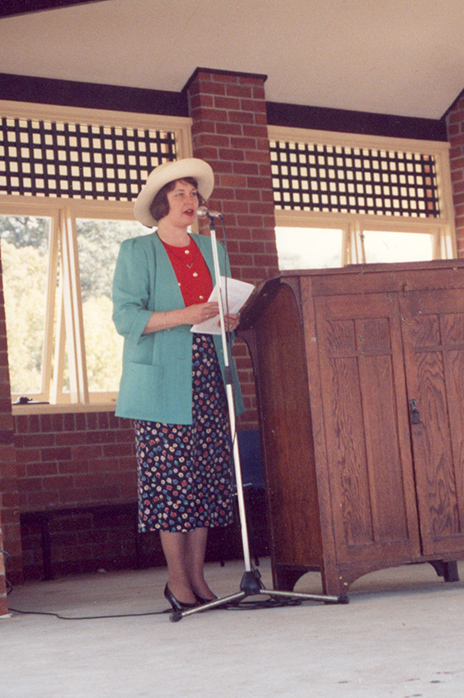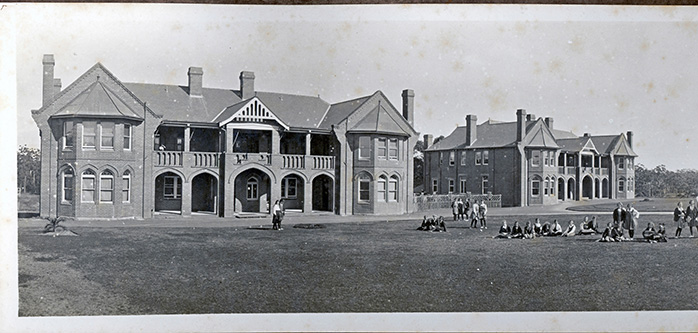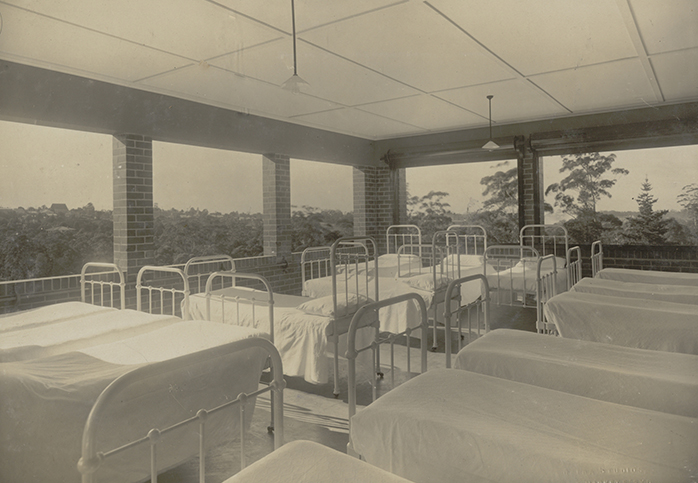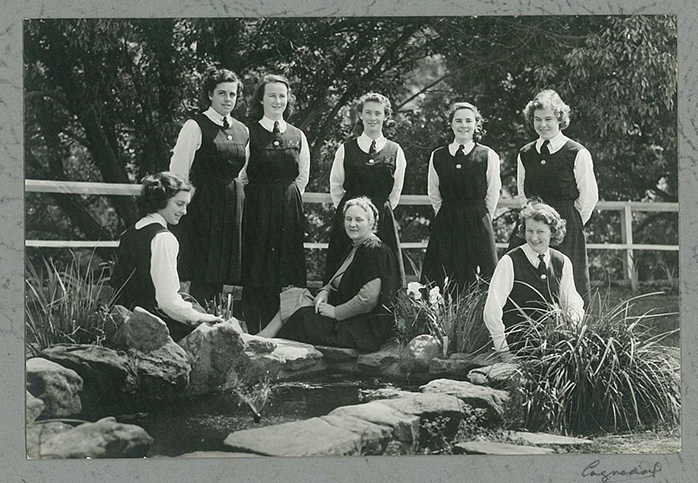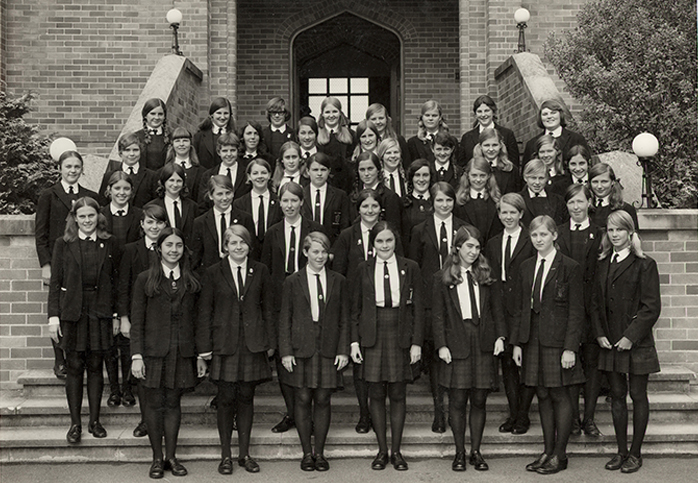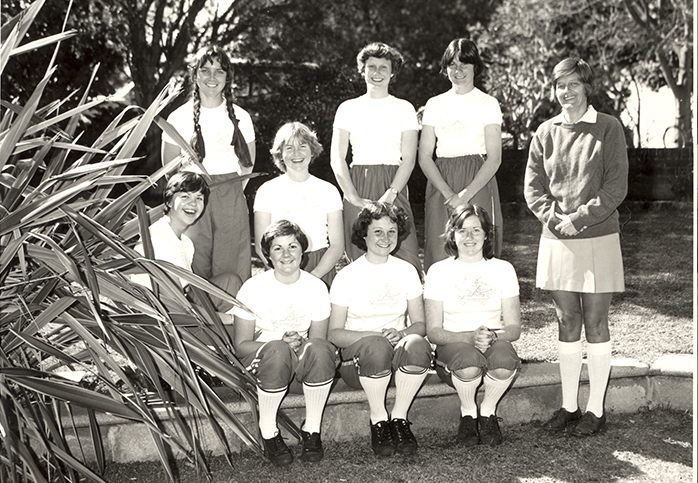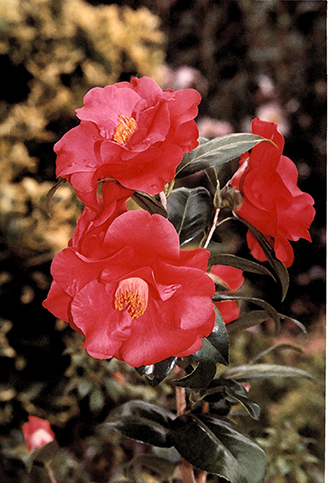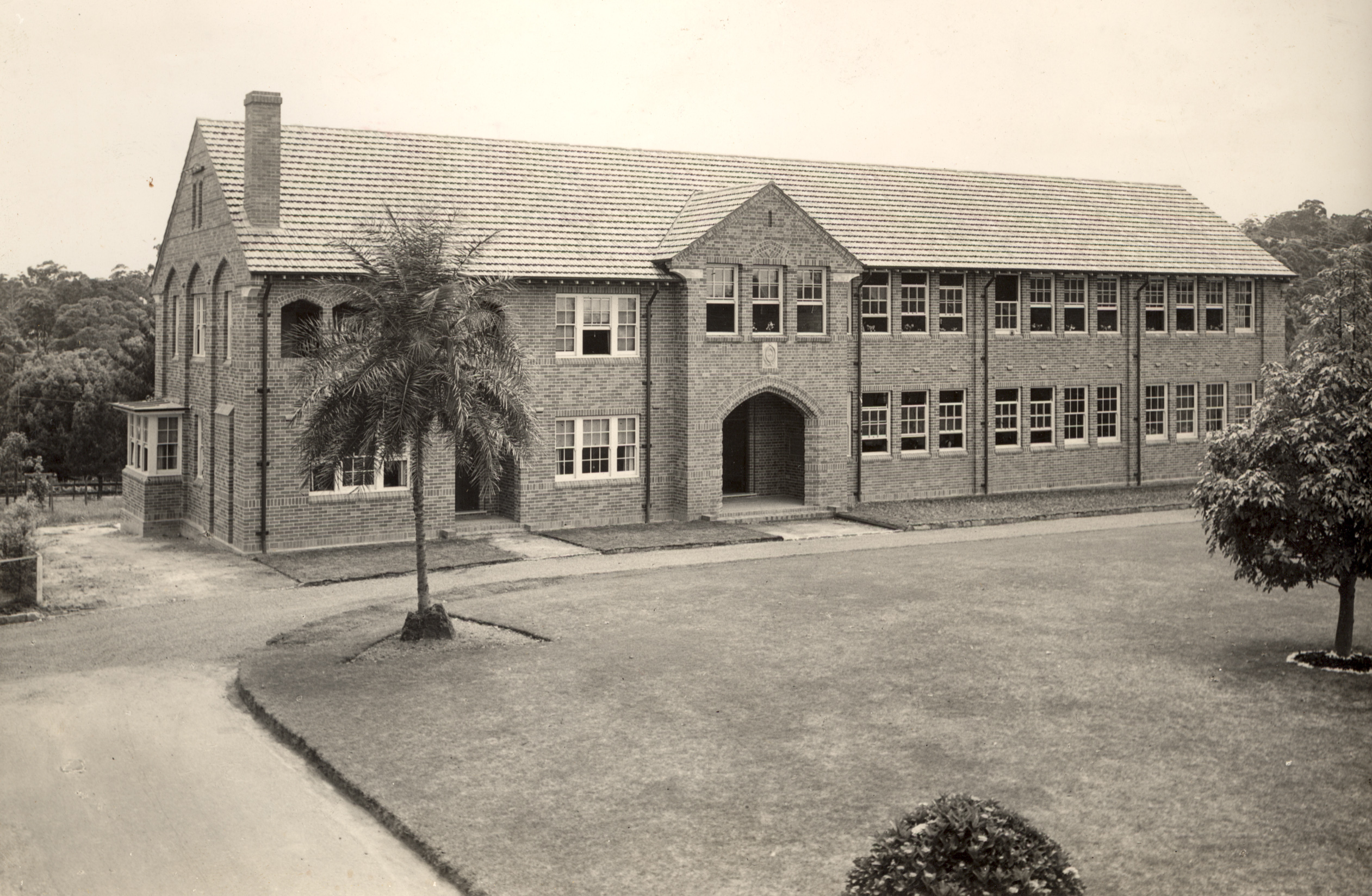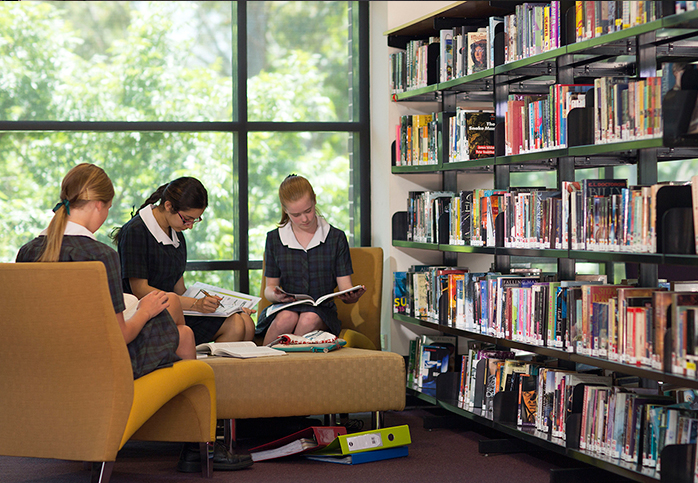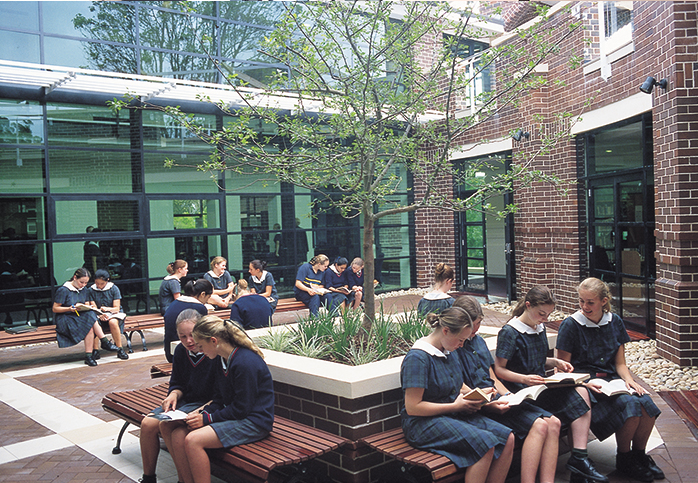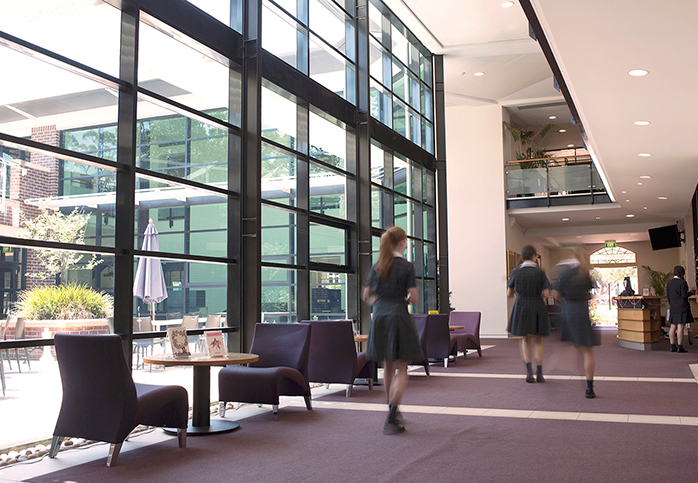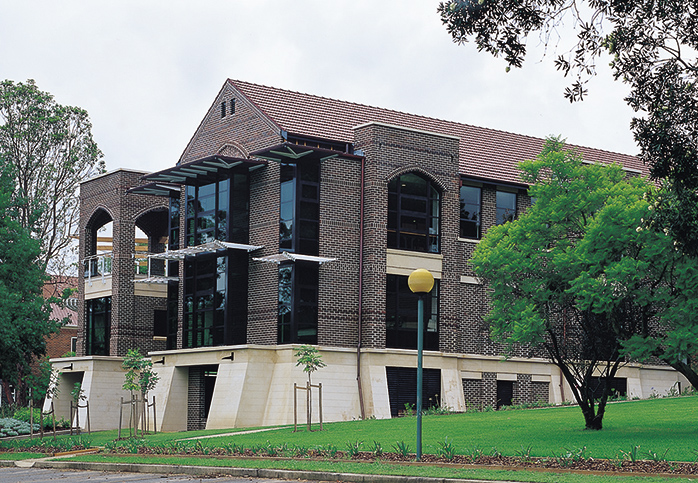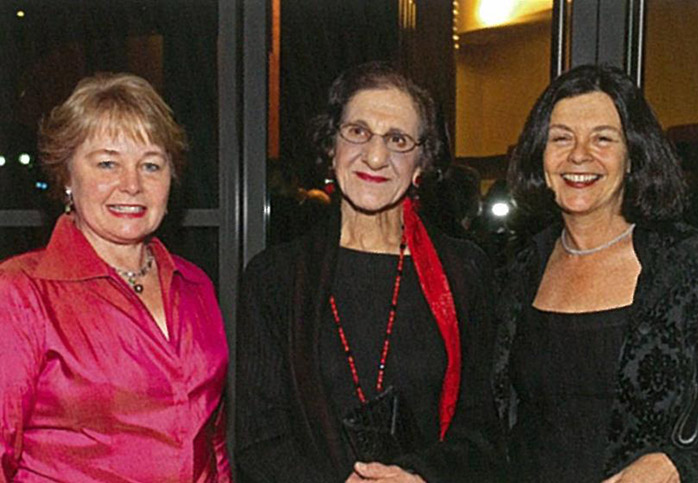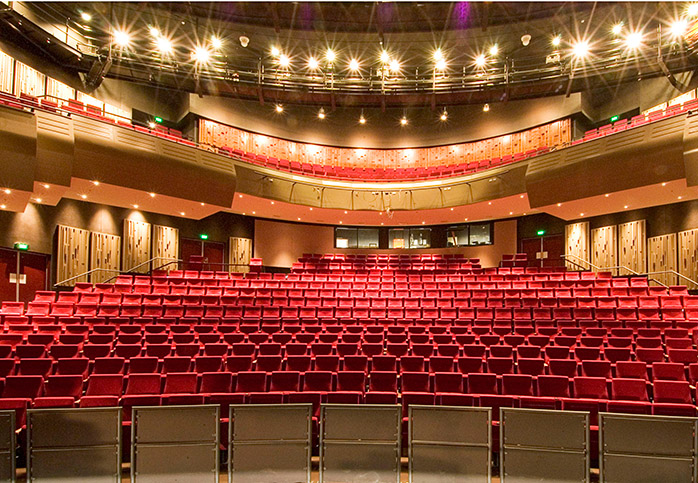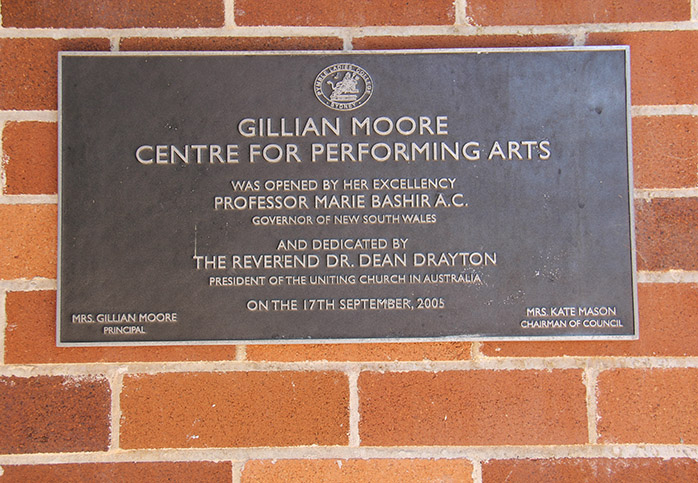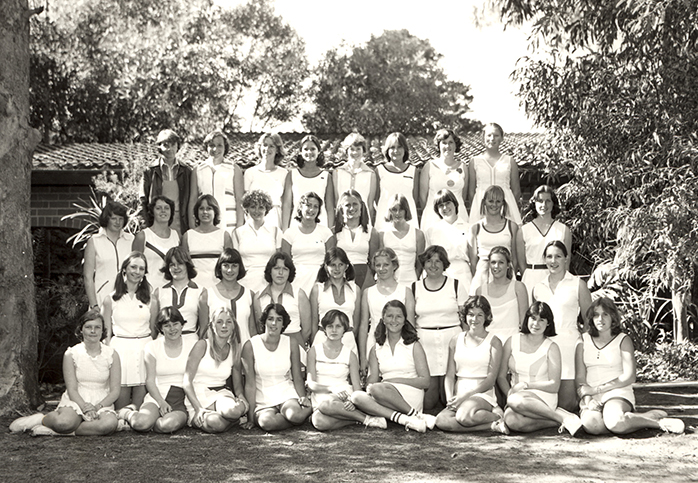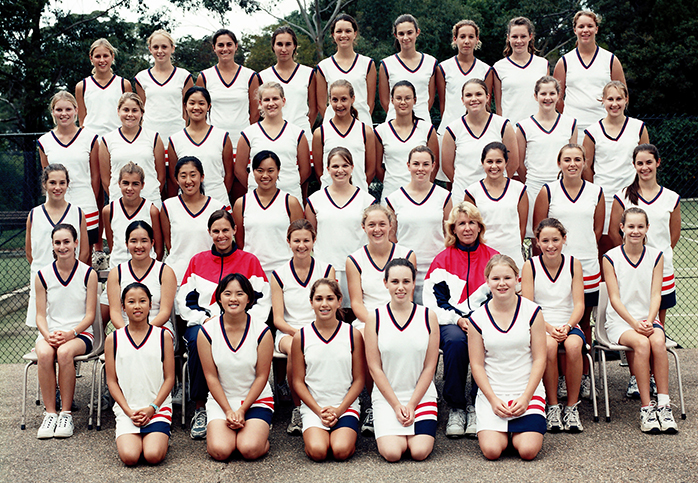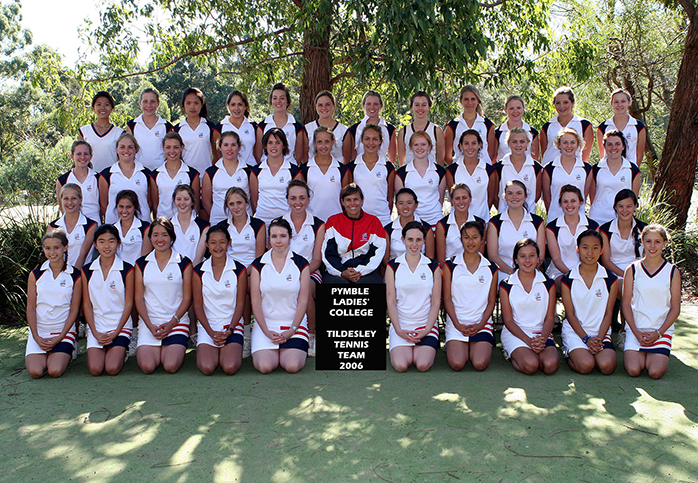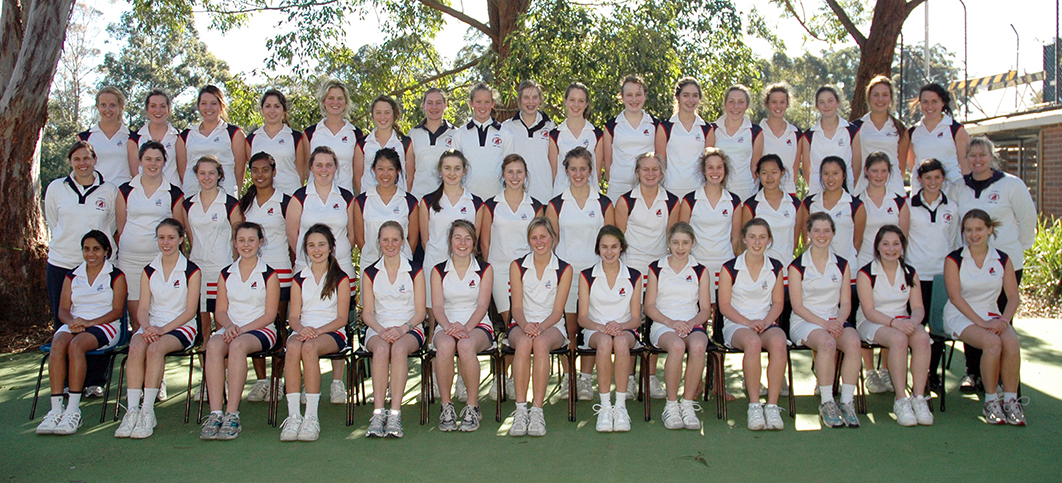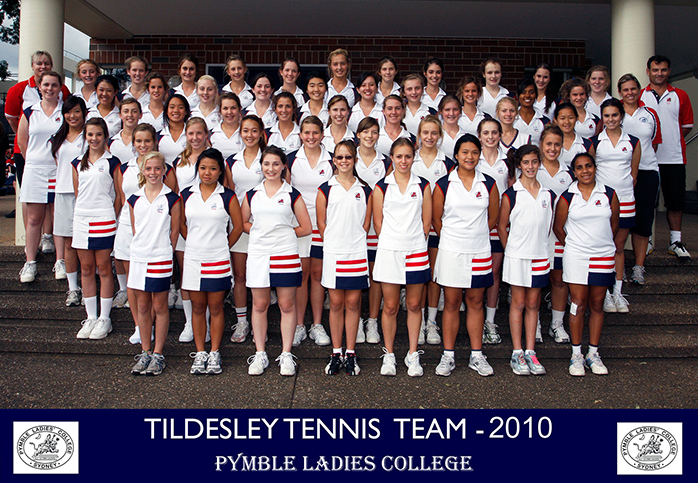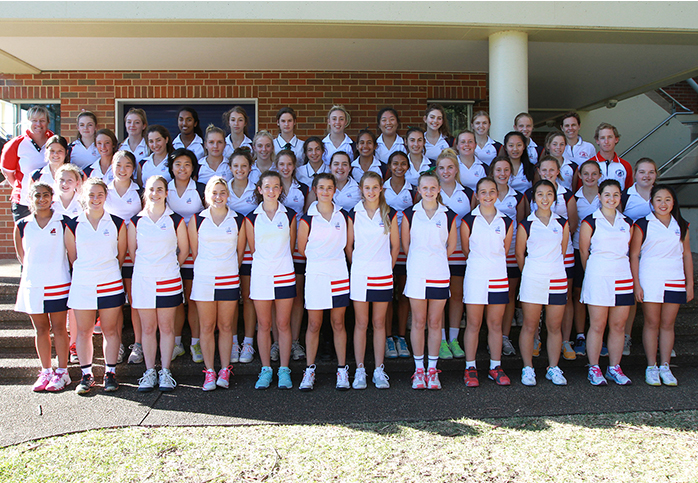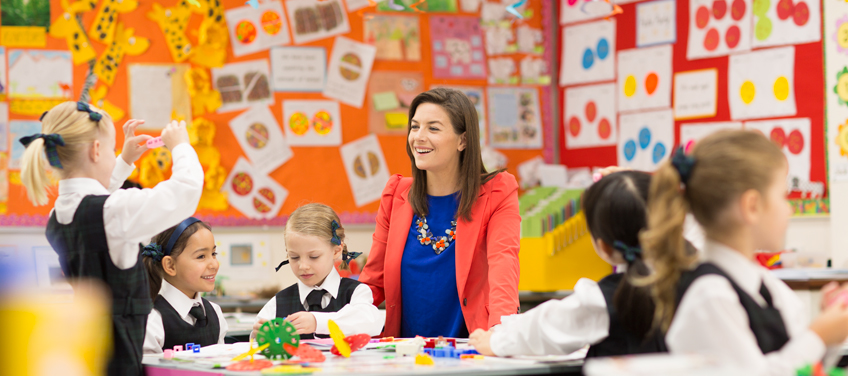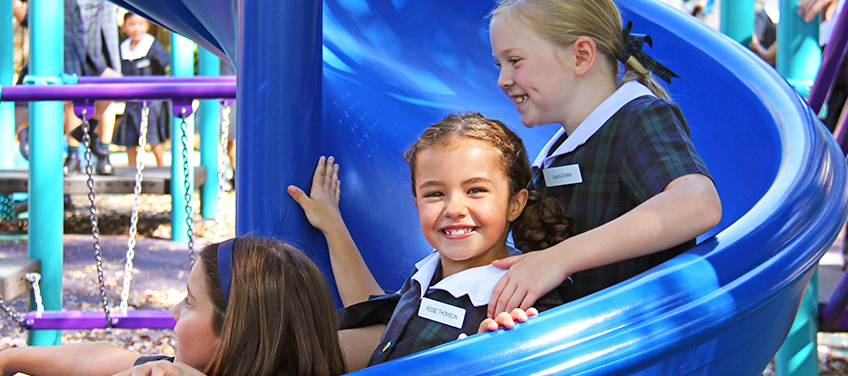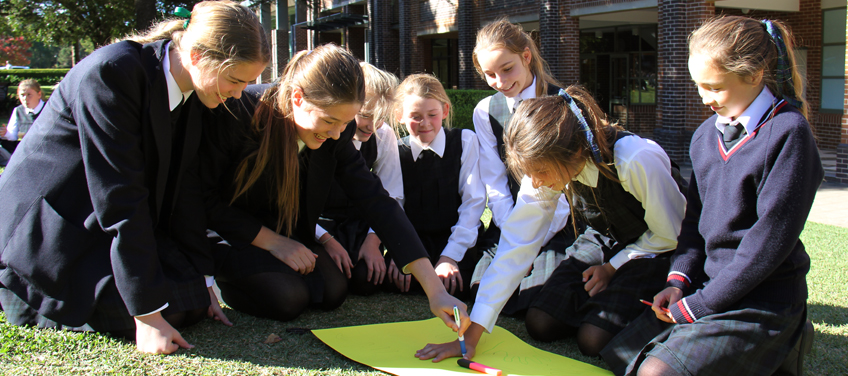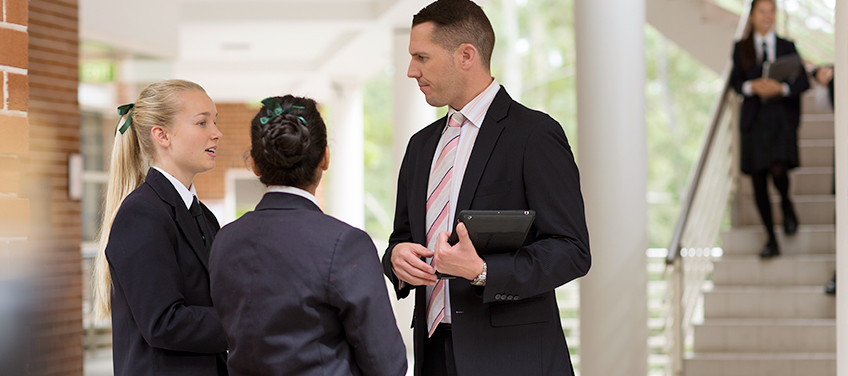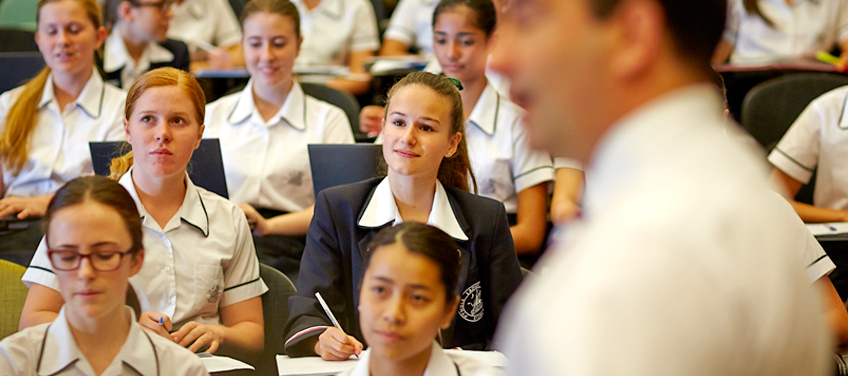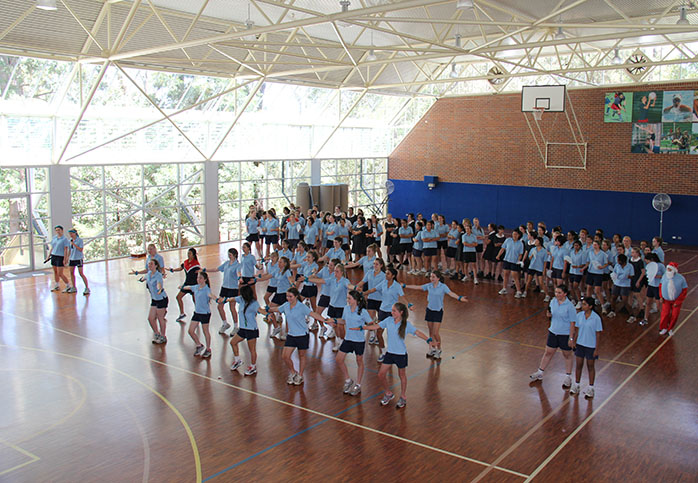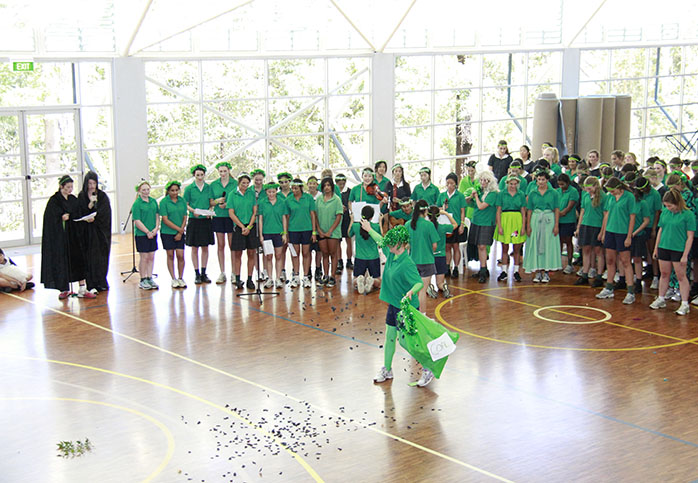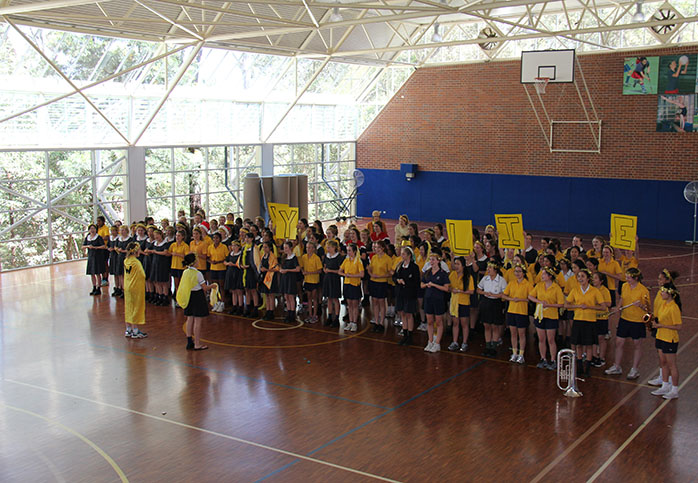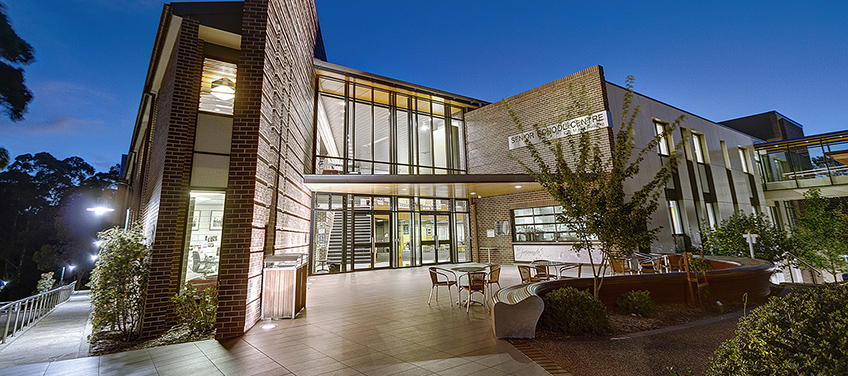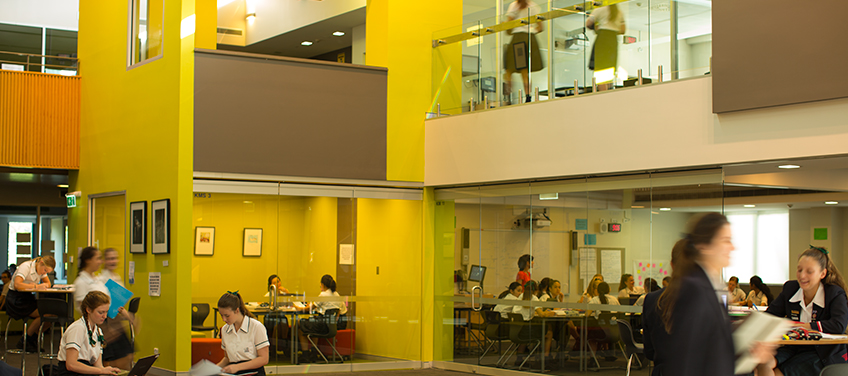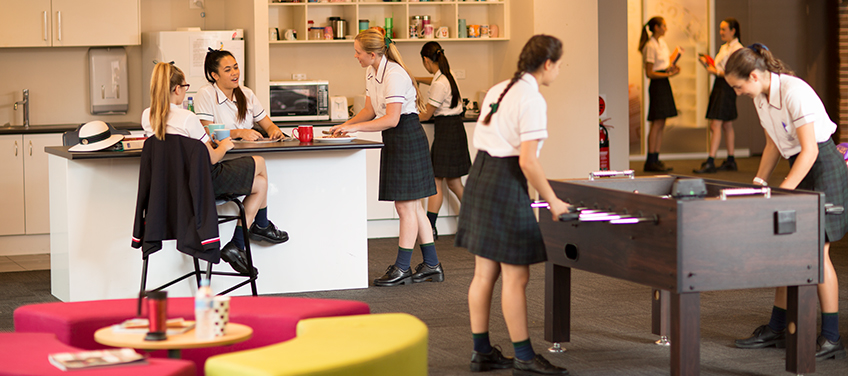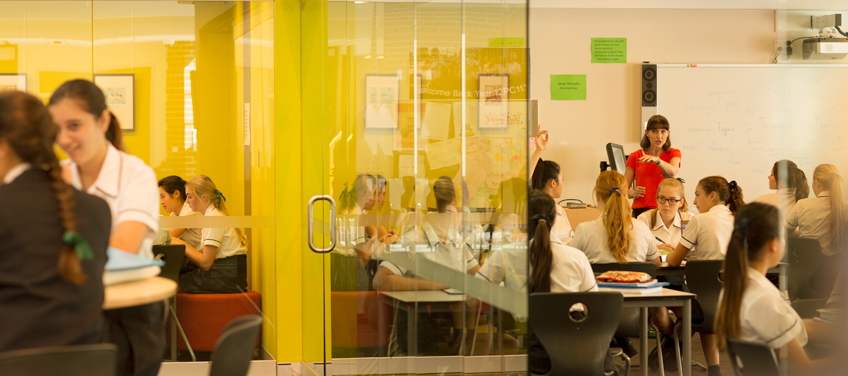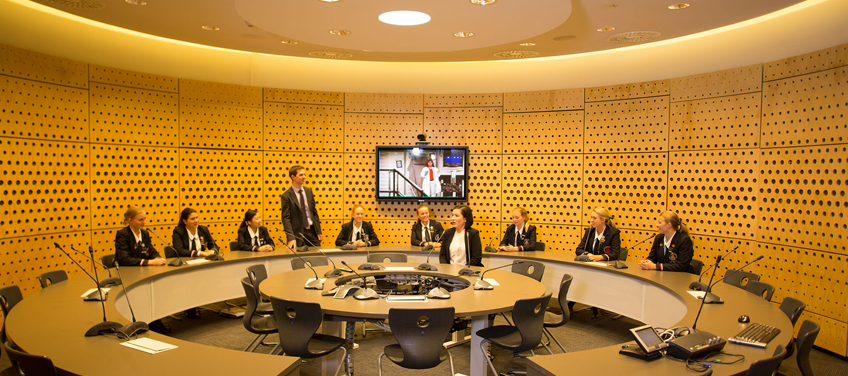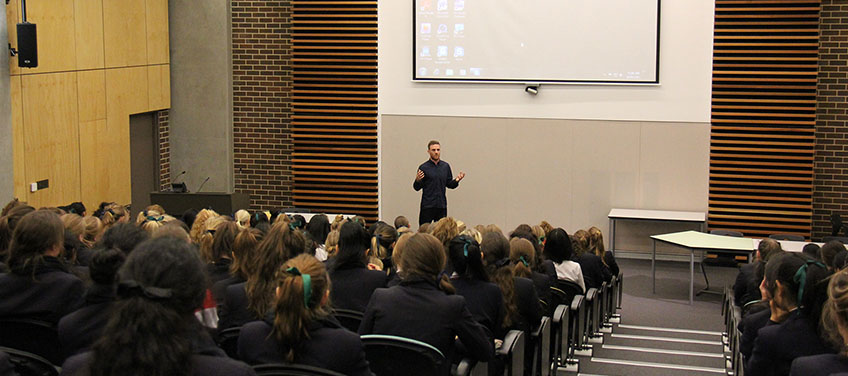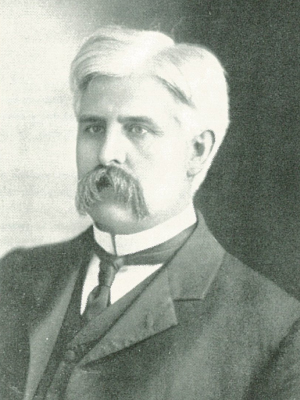
Dr John Marden, MA, LLD
Principal of Pymble:
8 February 1916 - March 1920
Born:
1855
Died:
1924
Dr Marden was unanimously selected as the first Principal of Presbyterian Ladies’ College Pymble because of his “high academic standing, his experience and success in teaching and his high Christian character”. Undoubtedly, Dr Marden had a clear vision for the College based on the success of Presbyterian Ladies’ College Croydon, the school he had been Principal of since 1888. He firmly believed that an all-round education was important, combined with “social graces.” He was often heard to say, “For it is woman who sets the standard of the national life.” The purpose of education for girls was to produce a pure, noble and gracious woman. He was a man of great energy, vision, drive, integrity and wisdom, dedicated to the College and the success of all who attended.
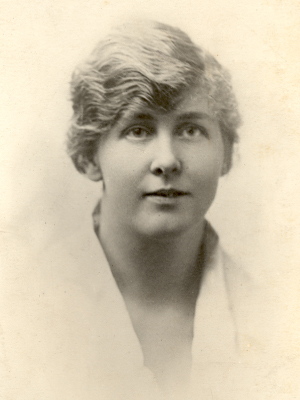
Miss G. Gordon Everett, MA
Principal of Pymble:
The year 1920 - August 1921
Born:
1888
Died:
1971
Miss Grace Gordon Everett commenced at the College in 1918 and succeeded as Principal Dr Marden in 1920. A popular staff member among the girls, Miss Everett was a firm but fair Principal. She introduced the first Old Girls Day at Pymble in Grey House, which became a popular event. Miss Everett resigned in 1921 to study in France. The School Magazine records the regard and affection for Miss Everett: “We have lost more than a Principal. In every branch of our school life, her vivid personality and interest was felt. Her strength of character, her dignity, her keen sense of justice, her far-seeing brain and her quick judgement as well as her wonderful power of teaching, all gave us a leader whose loss we must always feel.”
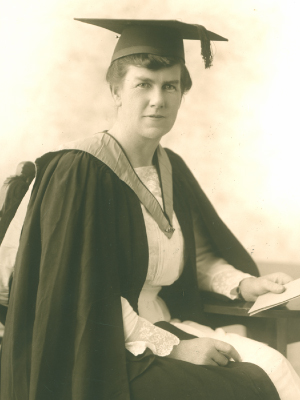
Miss Nancy Jobson MBE, MA
Principal of Pymble:
January 1922 – May 1933
Born:
1880
Died:
1964
Miss Nancy Jobson partly abandoned the traditional goals of academic attainments and examination success, and hoped to interest her girls in 'excellence' in home management and the cultivation of refined manners and artistic sense. The girls loved her, with one ex-student describing her as “a dignified and stately lady; she was quite a tall well-built woman, beautiful complexion and piercing but very kindly blue eyes”. Miss Jobson was instrumental in urging the College Council to establish a College Hospital. The School Song, written by ex-student Margaret Hentze, was also introduced by Miss Jobson and sung with much gusto at school events. Miss Jobson resigned in 1933 after 11 years of faithful service and in 1955 was awarded an MBE for outstanding services to education.
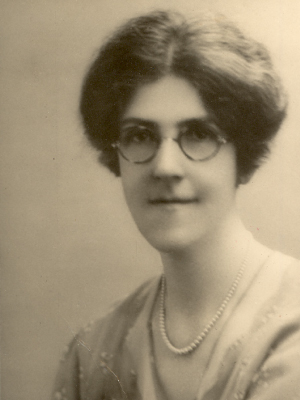
Miss Grace Mackintosh, MA
Principal of Pymble:
September 1933 – June 1936
Born:
1890
Died:
1954
Miss Grace Mackintosh joined the College in the third term of 1933 from Columba Girls’ College, Dunedin, where she was Principal. Miss Mackintosh resumed the traditional goals of high academic achievement and was regarded as a very fine person with high ideals. She introduced the College Prayer and widened the curriculum to include commercial subjects such as typing and shorthand, improved both academic and sports results and saw an increase in enrolments after careful advertising in select media. Lang House, which had been closed for two years, reopened as new pupils enrolled and the economy improved. Miss Mackintosh resigned in 1936 and returned to Scotland. The girls presented her with a wristlet watch and planted a liquid amber tree to mark her service to the school.
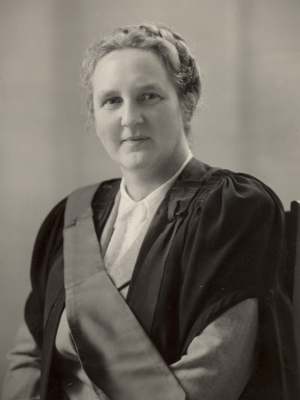
Miss Dorothy I. Knox, AM, OBE, MA, FACE
Principal of Pymble:
1 July 1936 – December 1967
Born:
1902
Died:
1983
Miss Knox joined the College on 1 July 1936. Former Principal of PLC Orange and known to everyone as ‘Knocky’, Miss Knox had a distinguished academic career. Her administration and management skills were greatly admired and she built an excellent reputation as Principal. Young and enthusiastic, with a wisdom that garnered her love and affection from the girls, she knew the name of every student within two weeks of joining. Miss Knox celebrated 30 years as Principal on 1 July 1966, the 50th Anniversary of the College. She is remembered as an outstanding Principal and a woman with the highest standards, great imagination and energy who continued to be involved with the College after her retirement in 1967. Miss Knox was honoured with an OBE and an AO for her services to education. She remains the longest serving Principal of the College.
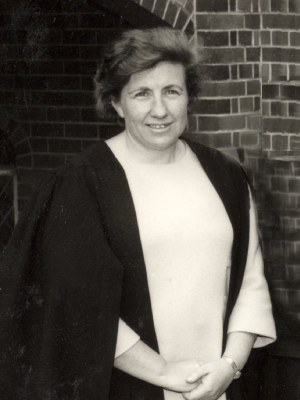
Miss Jeanette Buckham, AM, BA, Dip.Ed, FACE
Principal of Pymble:
January 1968 – March 1989
Born:
1926
Died:
2000
Miss Jeanette Buckham had been a teacher and Principal at PLC Goulburn before being appointed as Principal of Pymble in January 1968. She was considered a teacher who combined firm discipline with a sense of humour, a practical approach to problems and a clear vision. At a time when independent schools were facing pressure in a tough climate of resources, accountability and control, Miss Buckham developed the school curriculum by introducing new subjects like Agriculture to provide a broader attraction and gain enrolments. Her belief in an all-round education for girls was evidenced by the growing academic, art, music and drama achievements. Her term as Principal spanned over 21 years. She is remembered with gratitude, appreciation and affection by all in the College family.
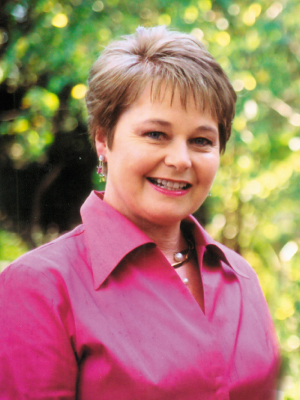
Mrs Gillian Moore, AO, MA, Dip.Ed,TC,MACE, MACEA
Principal of Pymble:
March 1989 – 2007
Mrs Gillian Moore joined the College as Principal in Term 2 1989. The first married Principal, Mrs Moore and her family moved to the newly built Principal’s residence, Avonmoore. A married Principal was quite a departure from tradition and reflected the College’s foresight in moving with changing times. Values of honesty, integrity and determination formed the backbone of the education the girls were to receive under her leadership. In 1989 she established ‘Pymble 2000’, a committee responsible for the future direction of the College. New facilities, resourcing, communication, pastoral care and academic direction were all discussed by the Pymble community. A master plan was produced and much was achieved during her term – a music teaching complex, a performing arts centre, improved science facilities and extensions to the Junior School. Mrs Moore continues to take great interest in the College and regularly attends Commemoration Day and other events.
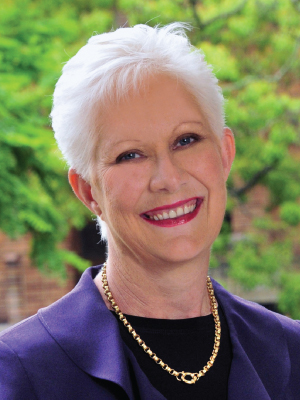
Mrs Vicki L Waters, MSchM, B Ed, DipT, MACE, MACEL, MAICD
Principal of Pymble:
2007 – present
Mrs Vicki Waters commenced as the eighth Principal of Pymble Ladies’ College in 2007. With fresh energy and a new approach to academic and pastoral programs, Mrs Waters worked closely with the College Council to establish a new structure for the College. The College had steadily increased in enrolments to over 2000 girls and it was time for a 21st century approach. With virtual classrooms, global connectivity and great opportunity to be an international citizen, Mrs Waters has led the College though a time of exciting and progressive change. With an emphasis on sharing global opportunities and encouraging personal development by providing new and innovative ways to learn, Mrs Waters has placed Pymble as the top independent girls school in NSW. With the five College values of care, courtesy, courage, respect and integrity, Mrs Waters encourages each girl to experience the ideals of compassion, generosity, co-operation, teamwork and consideration through service learning, an important part of a Pymble education.
